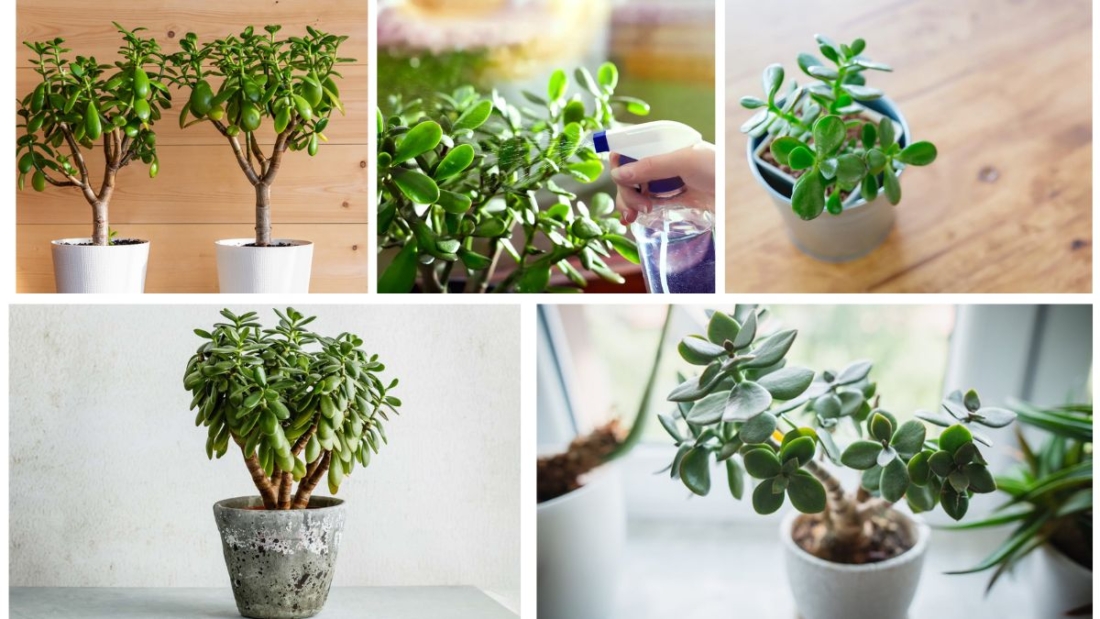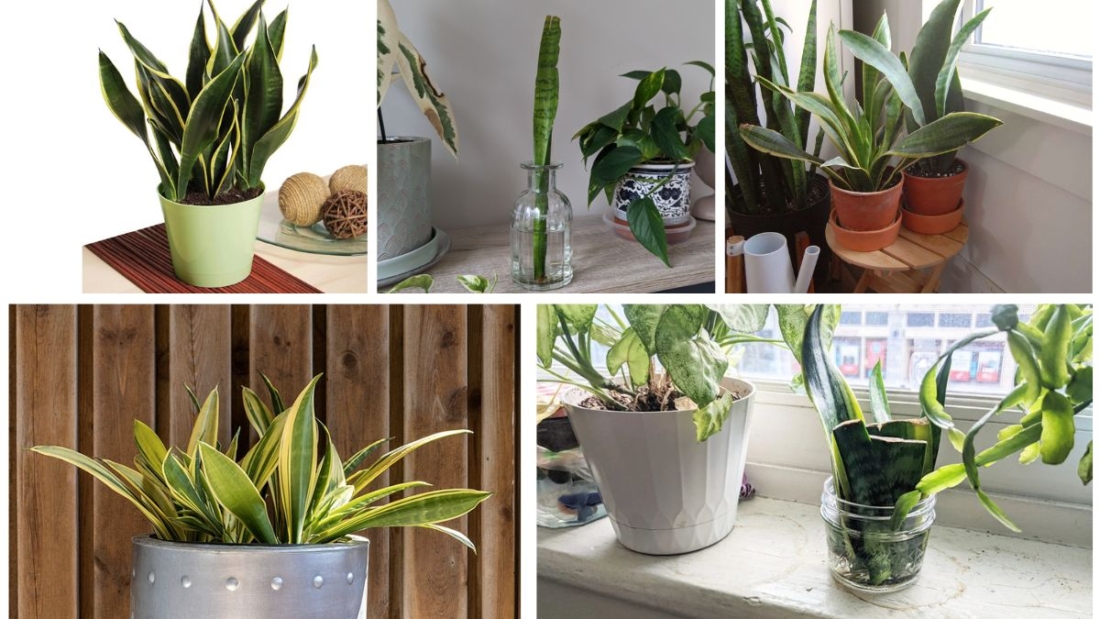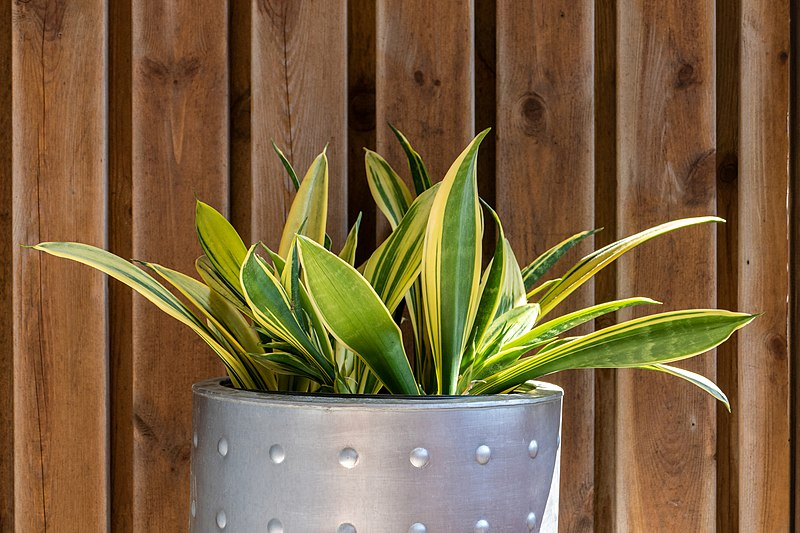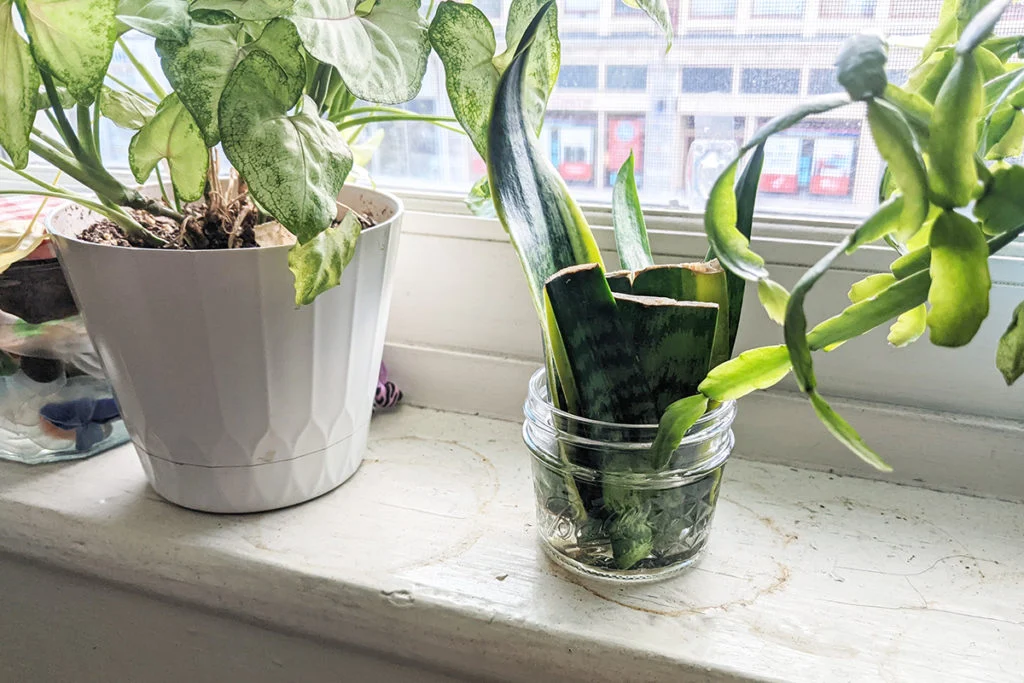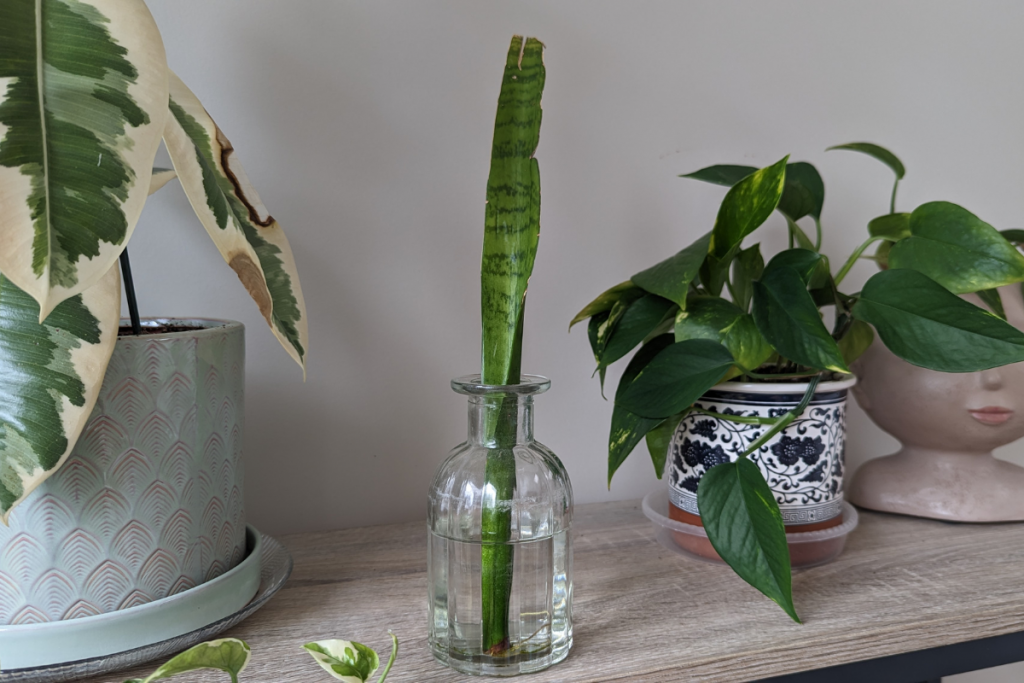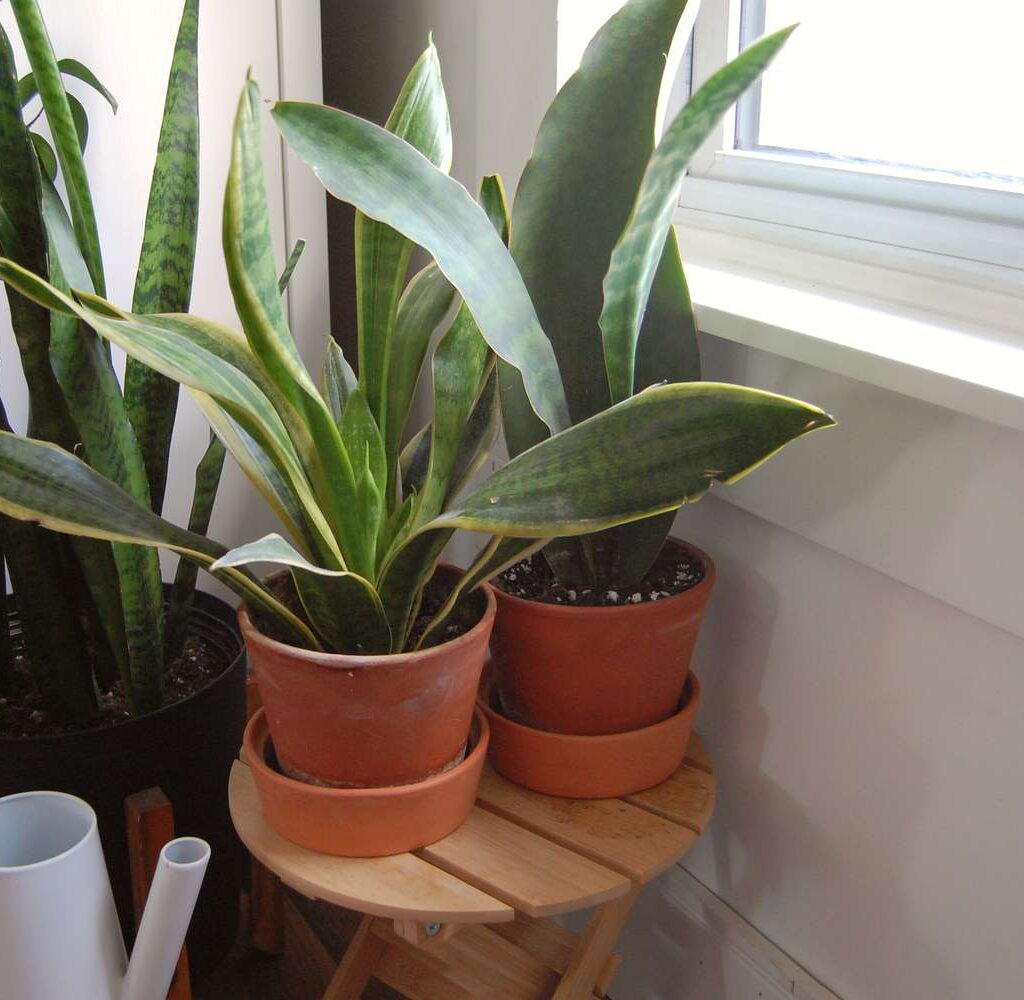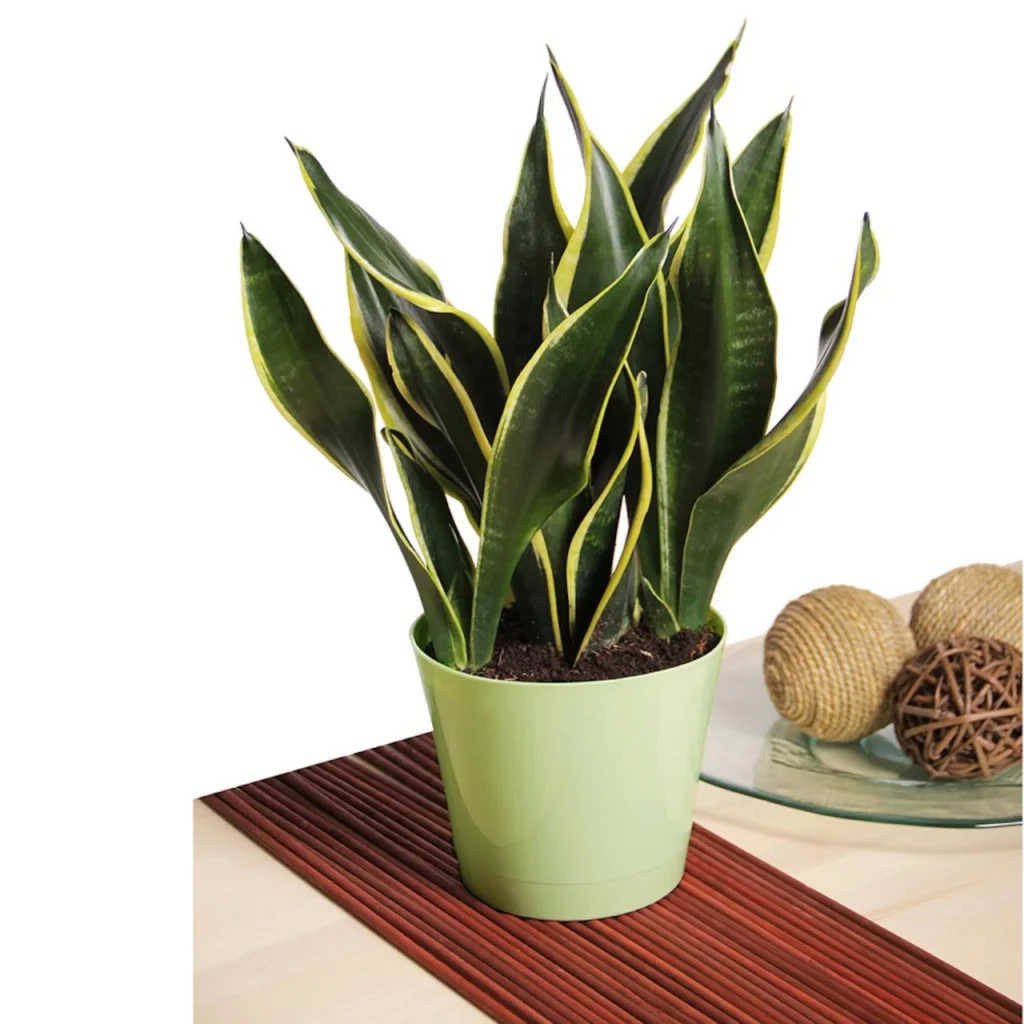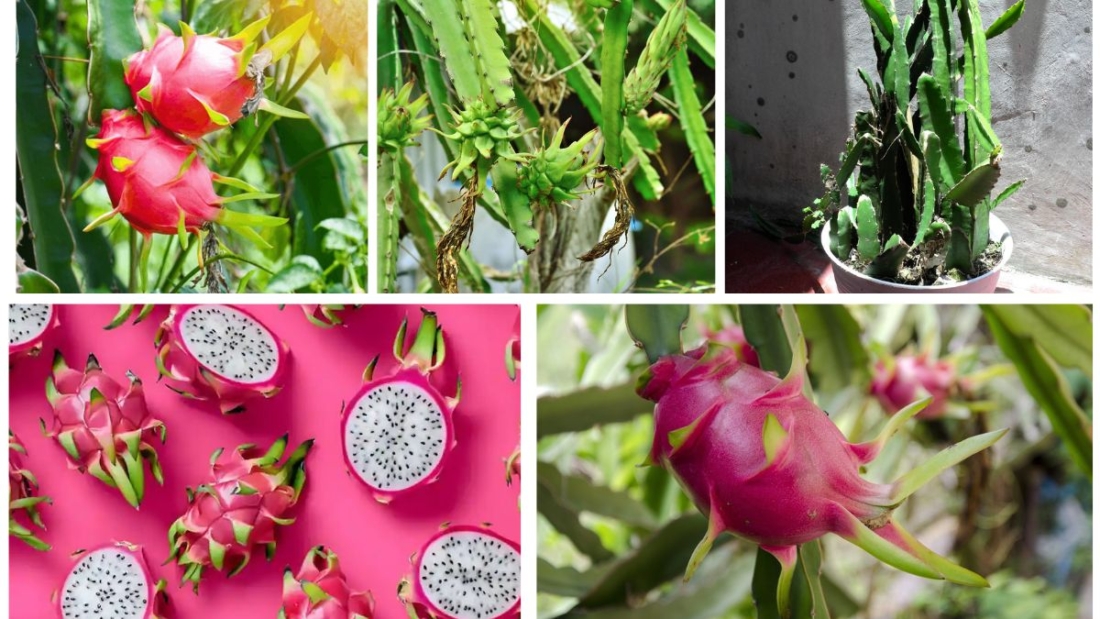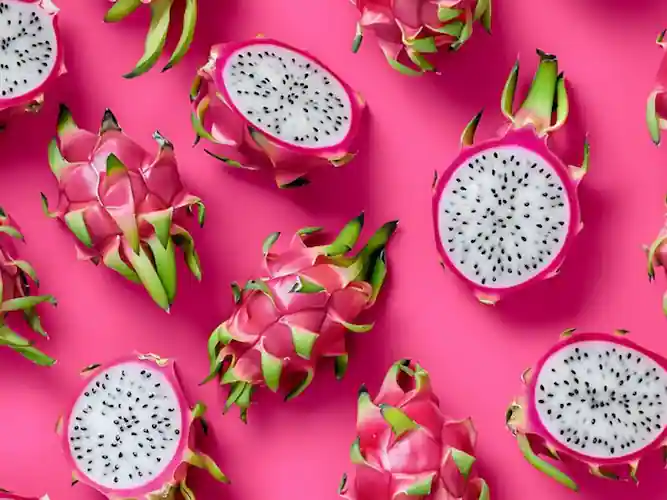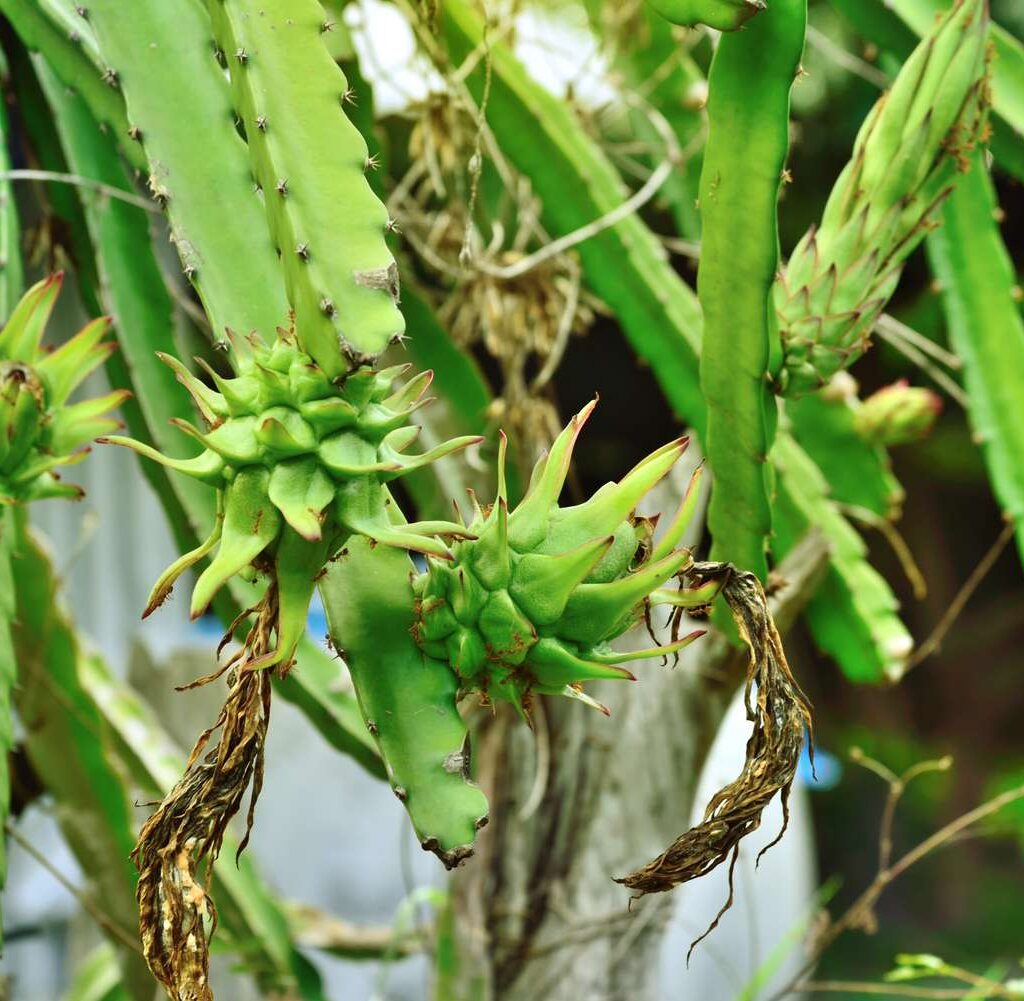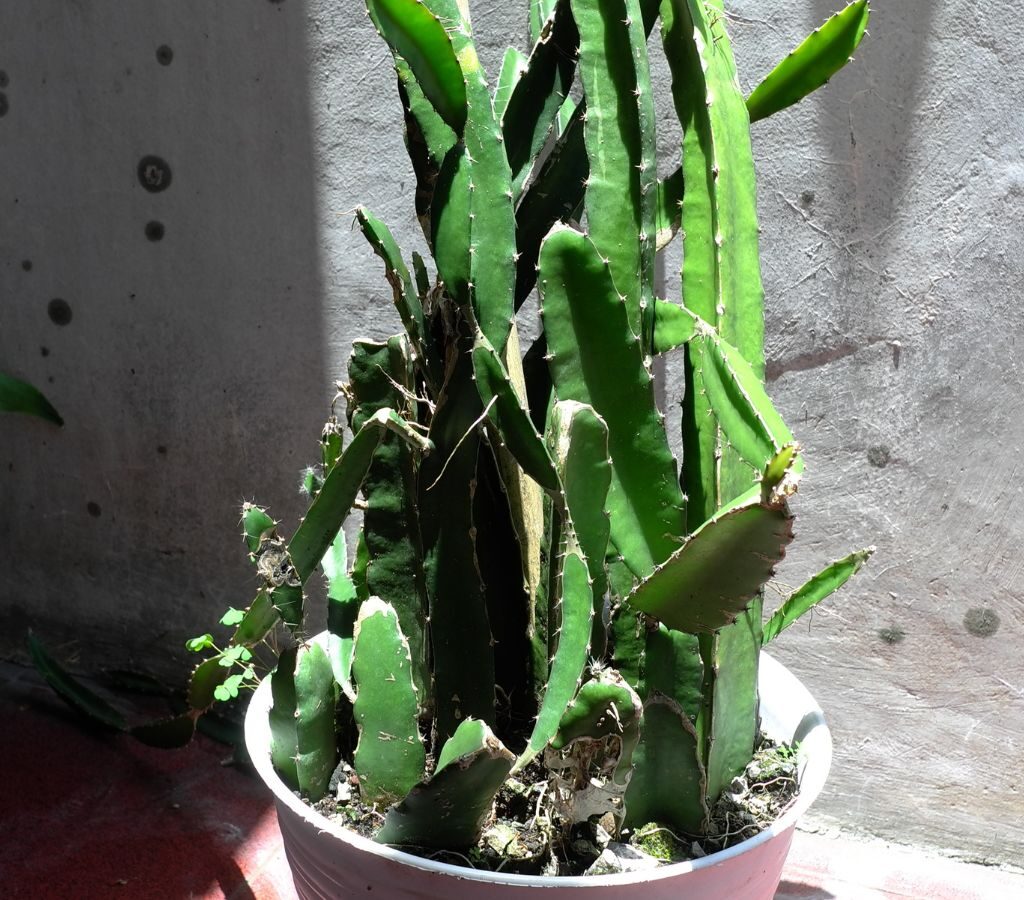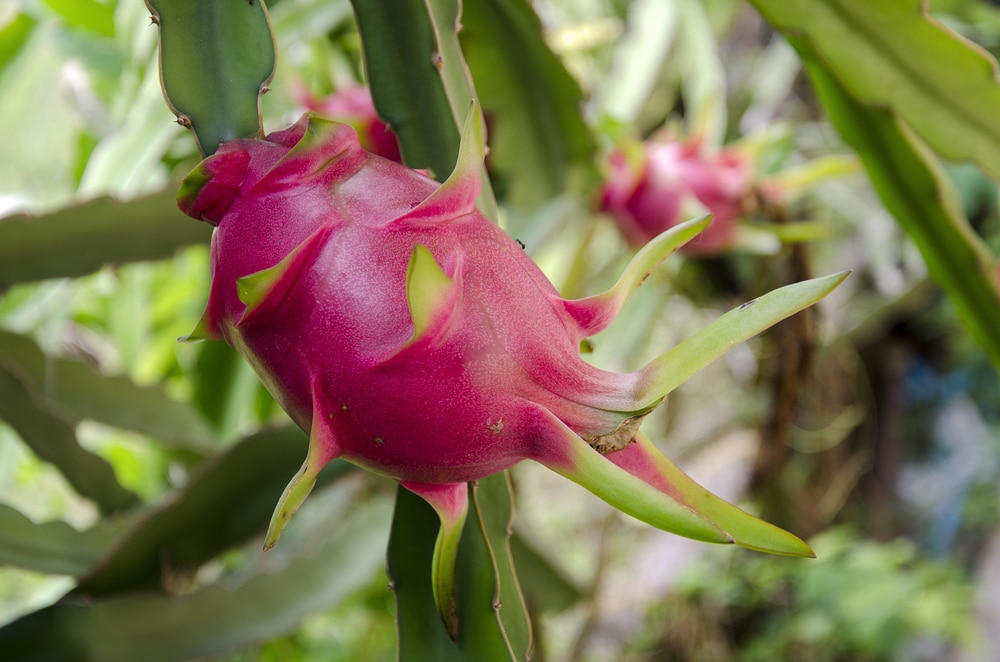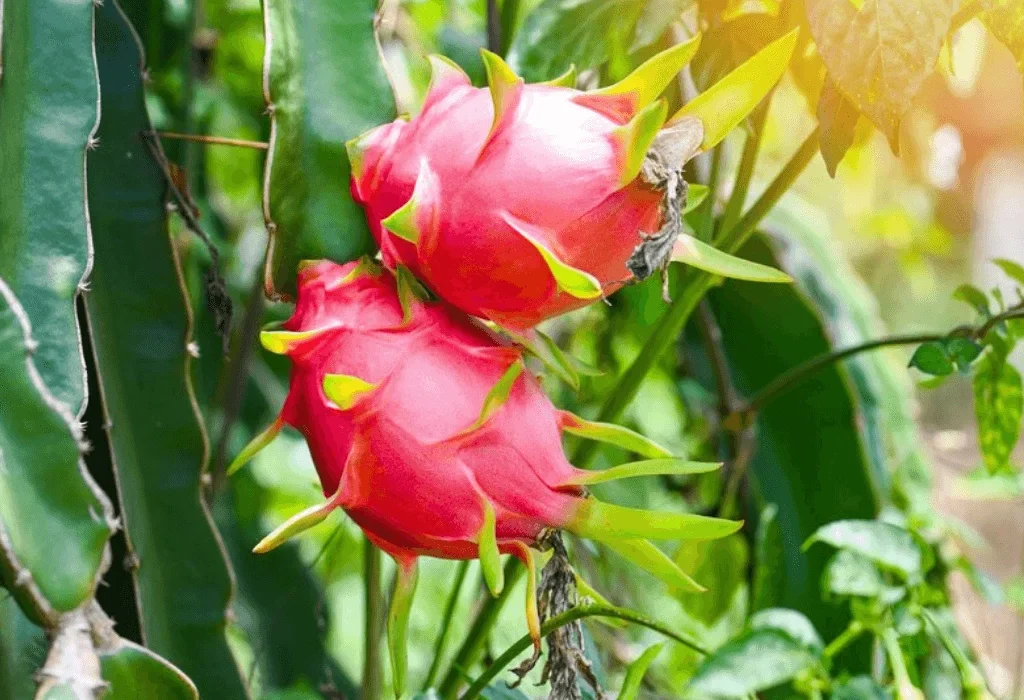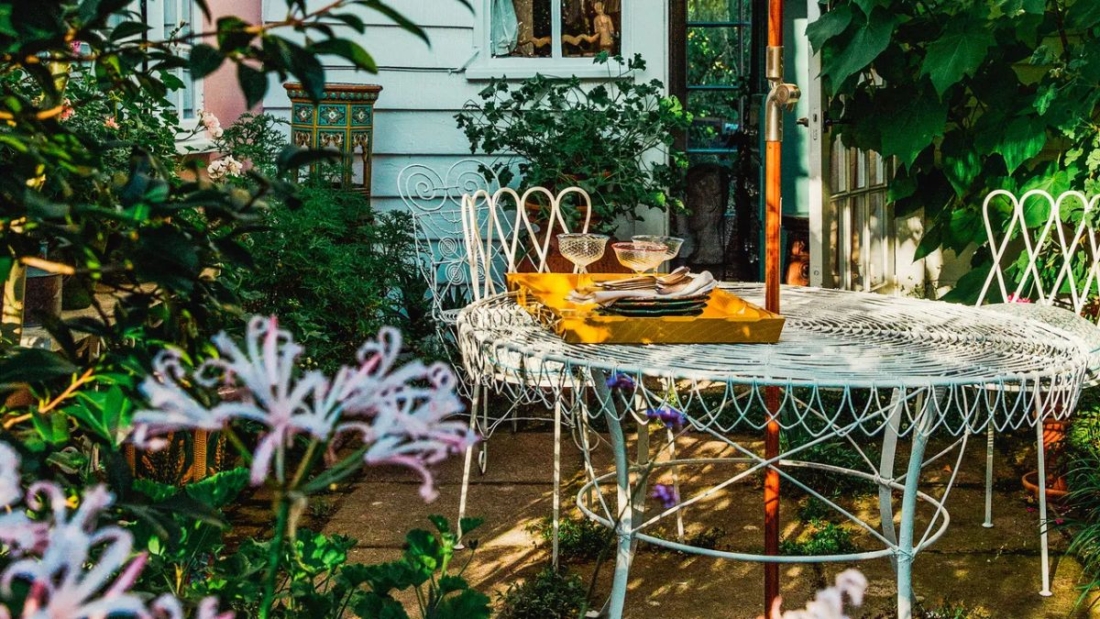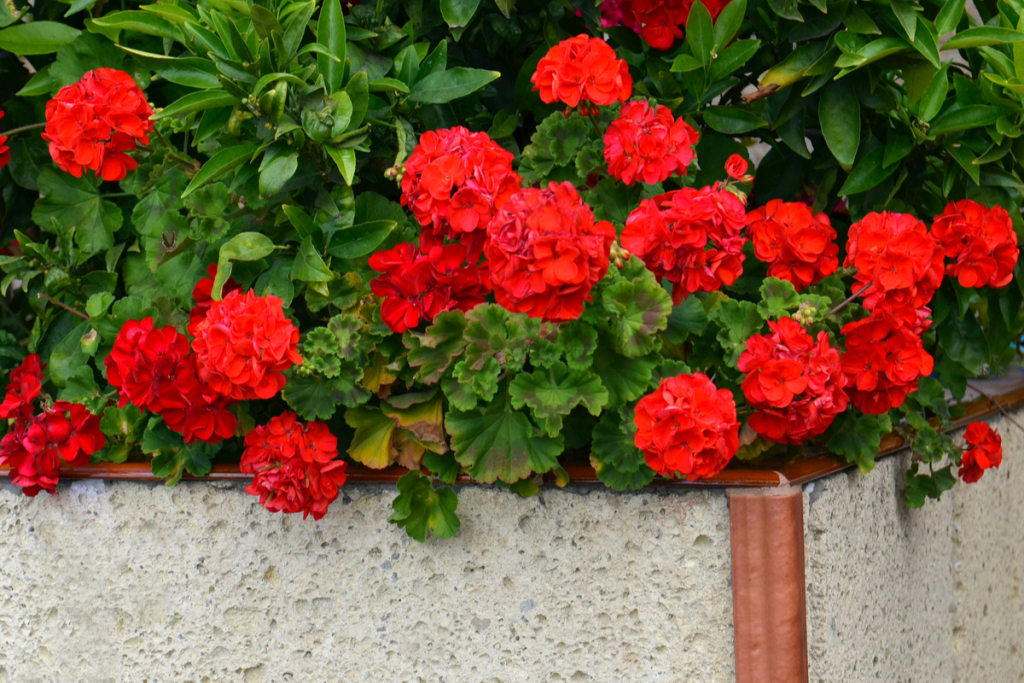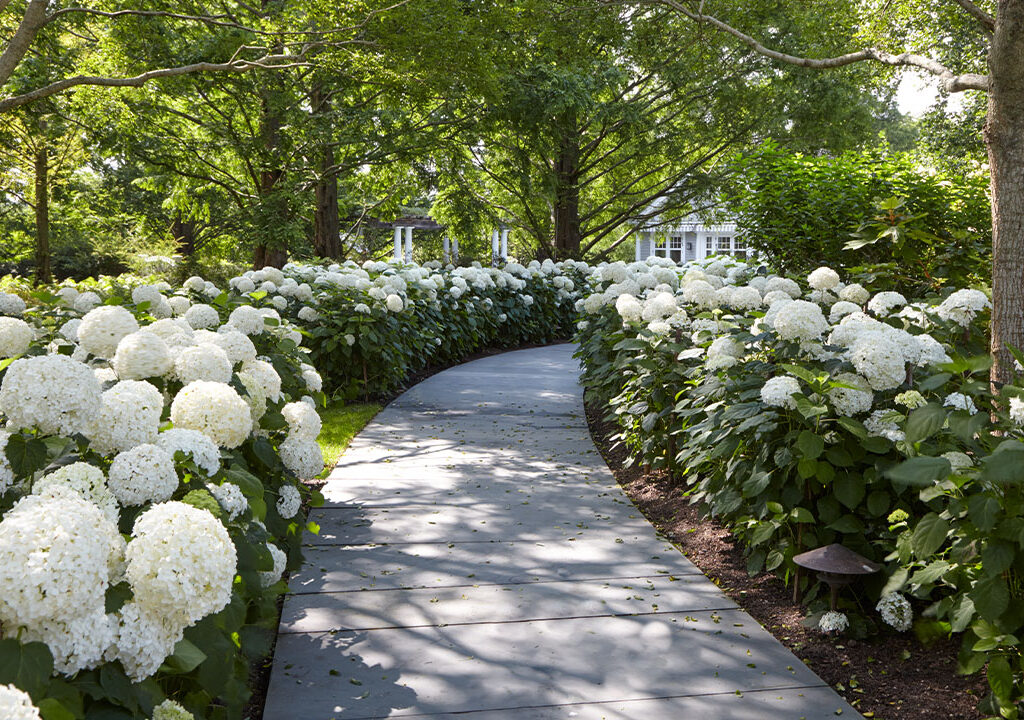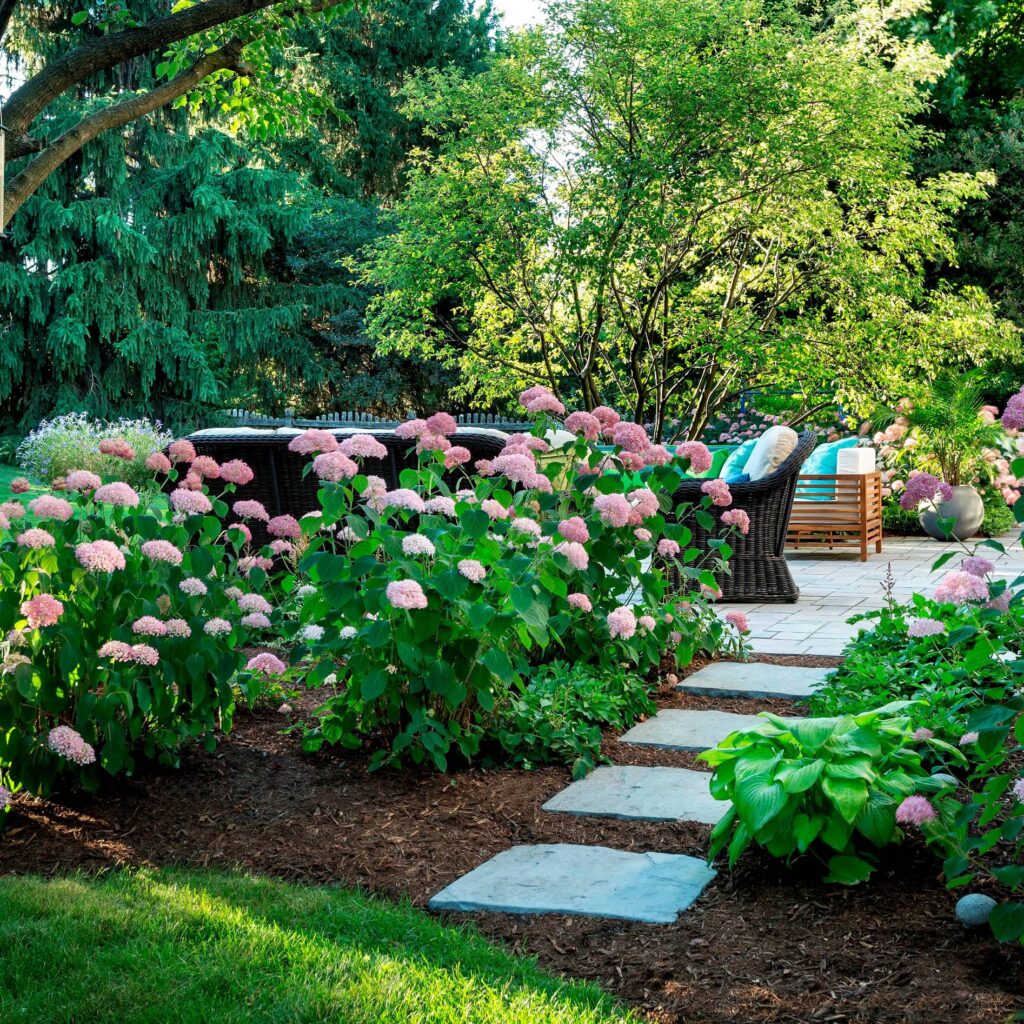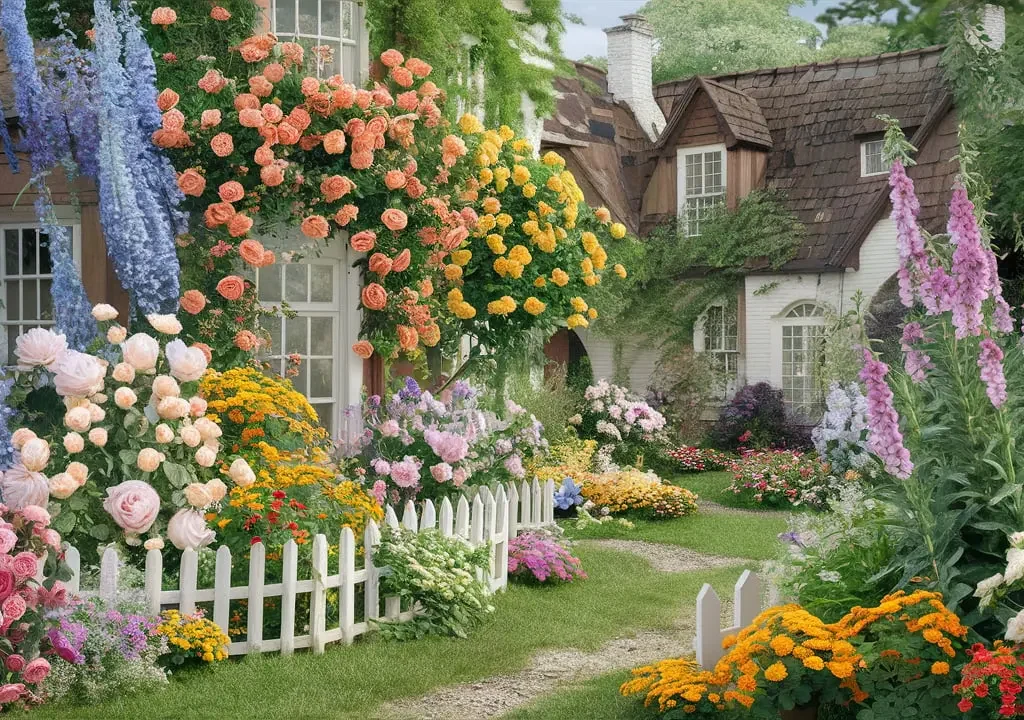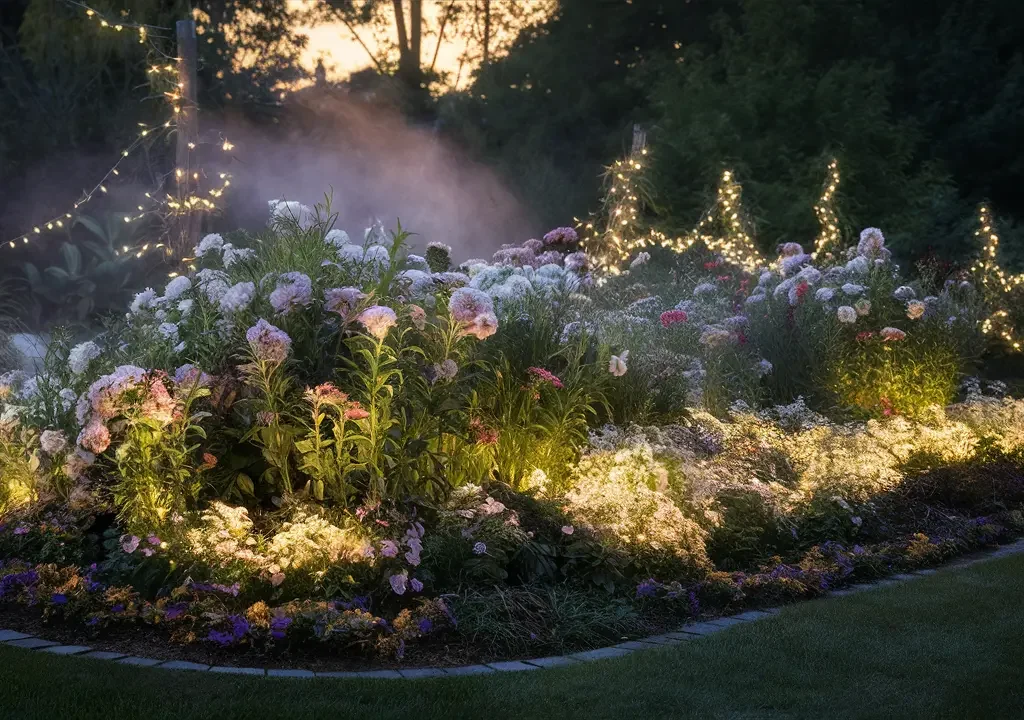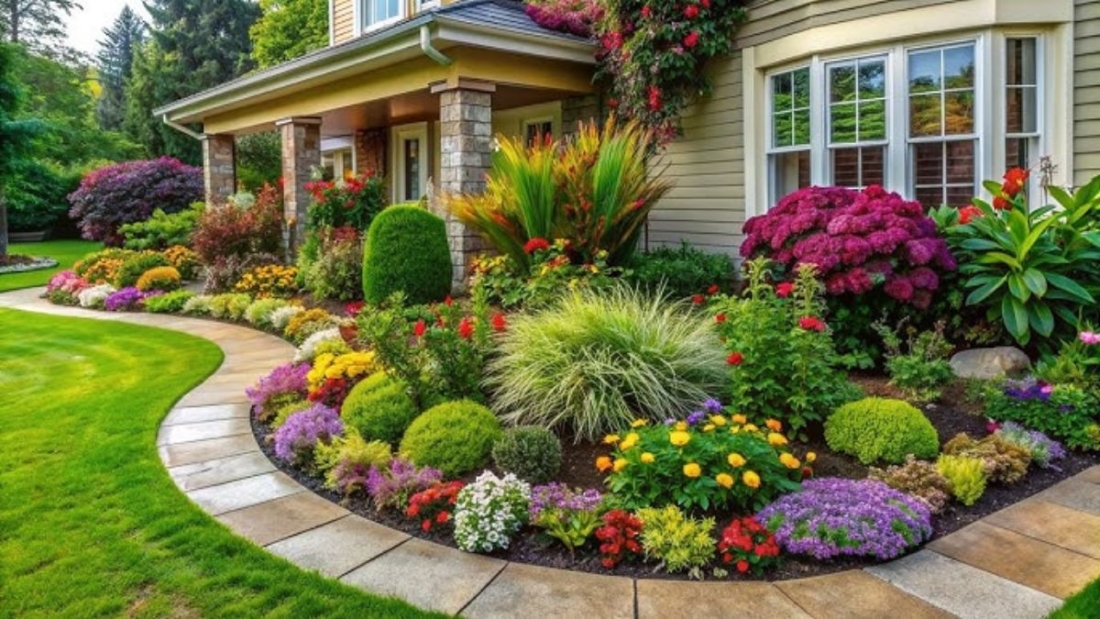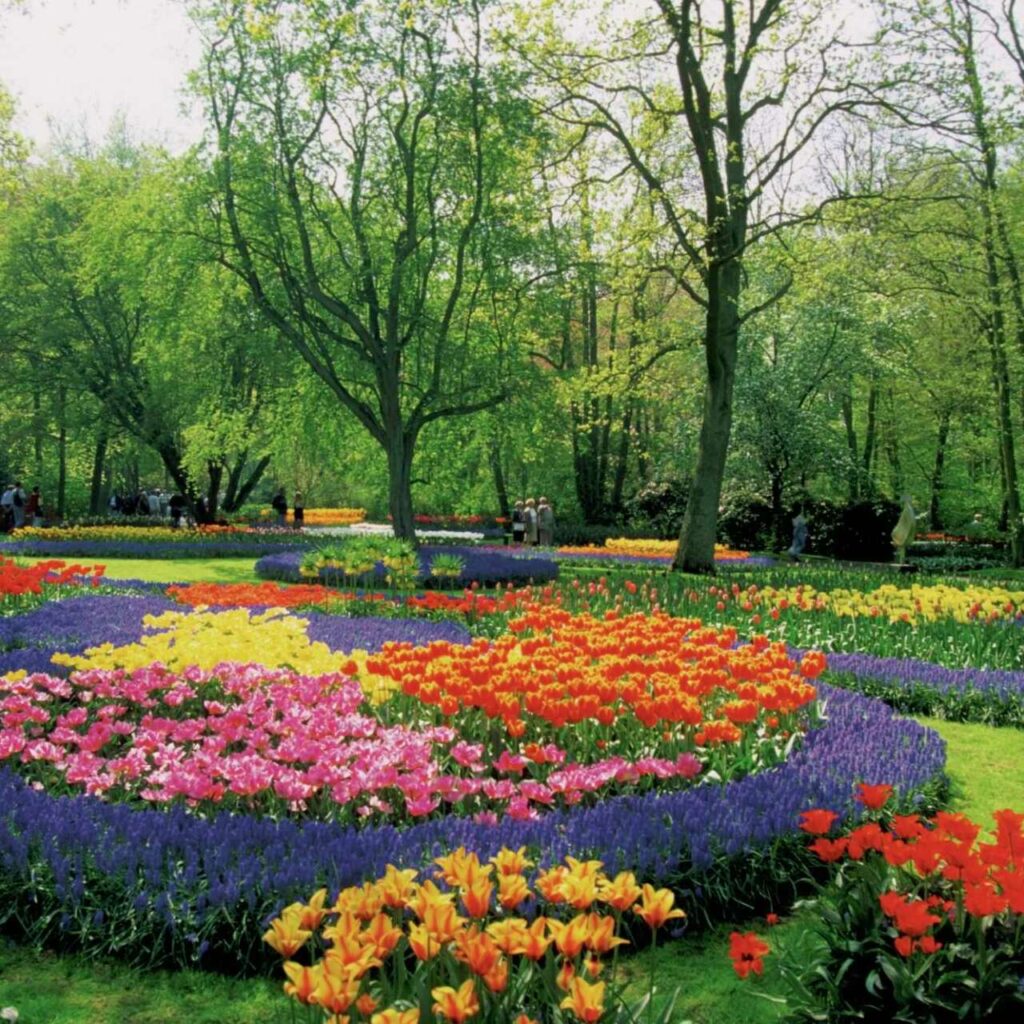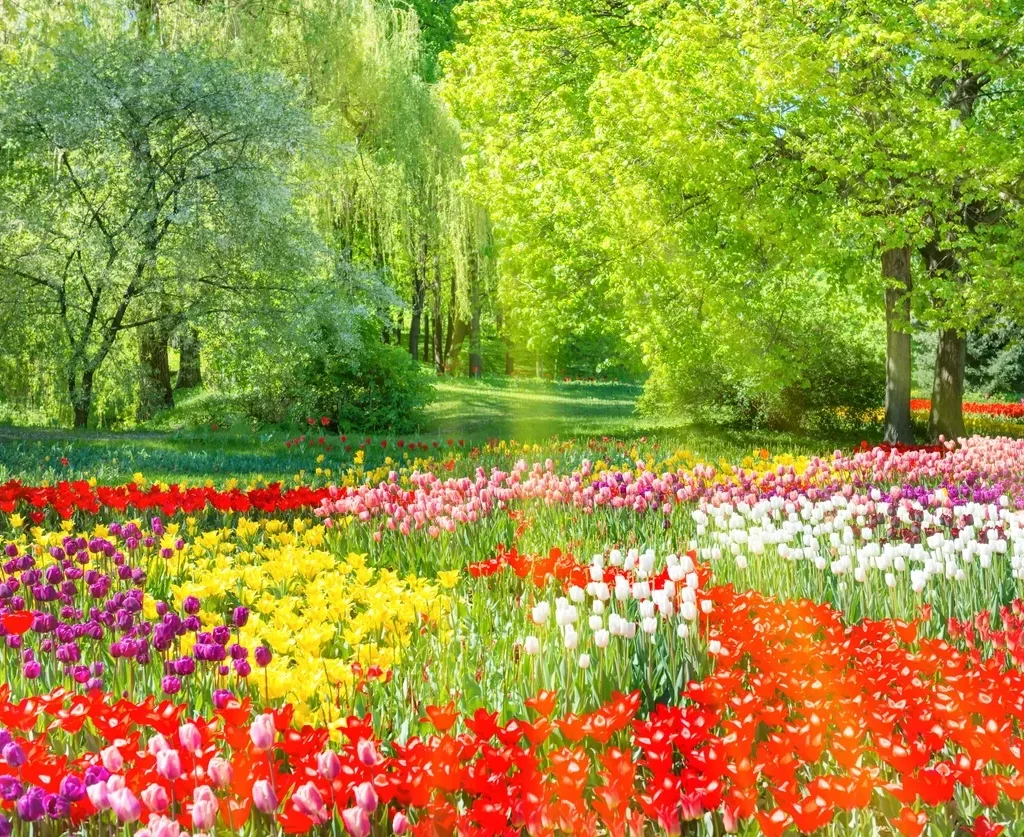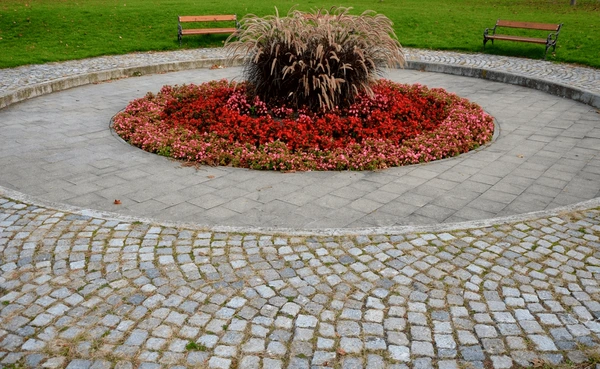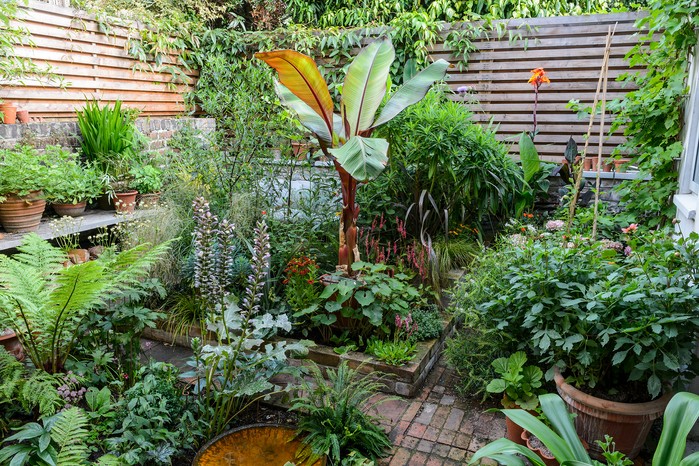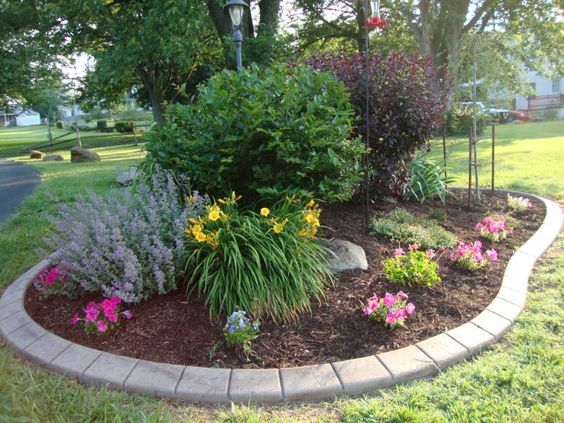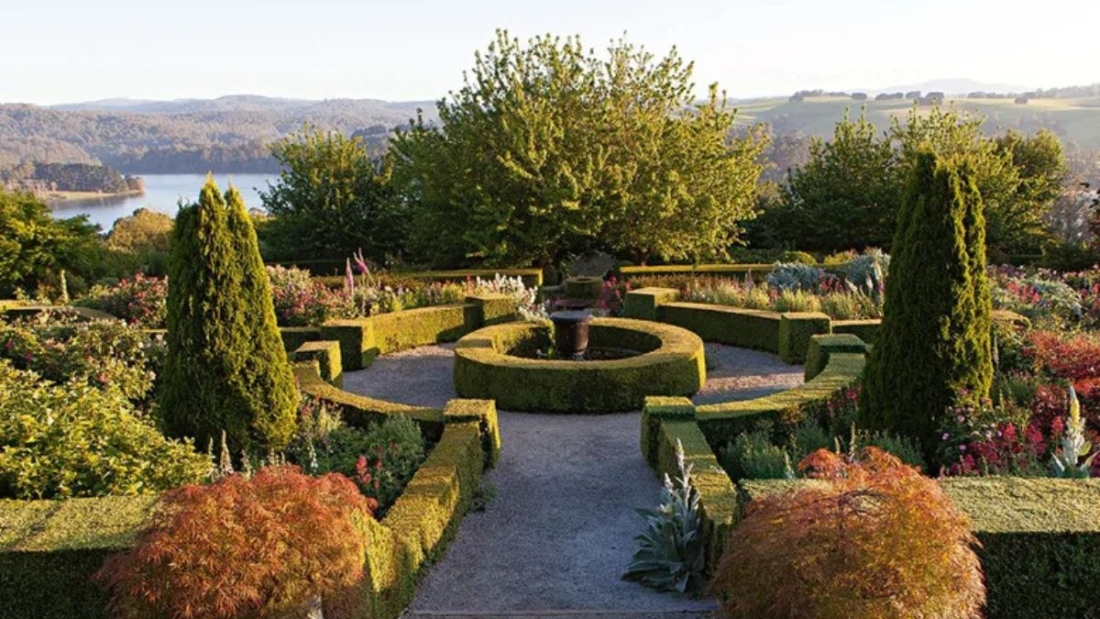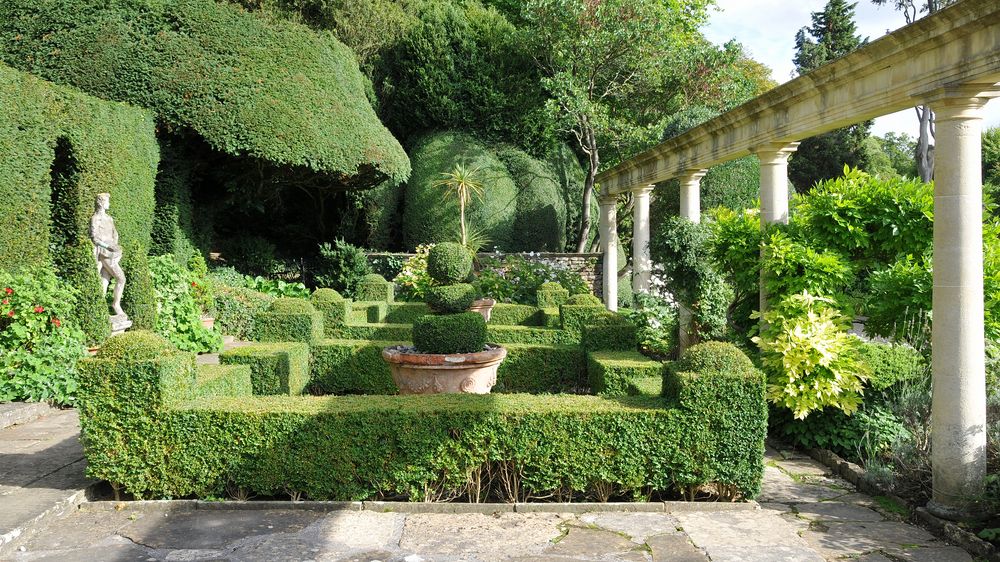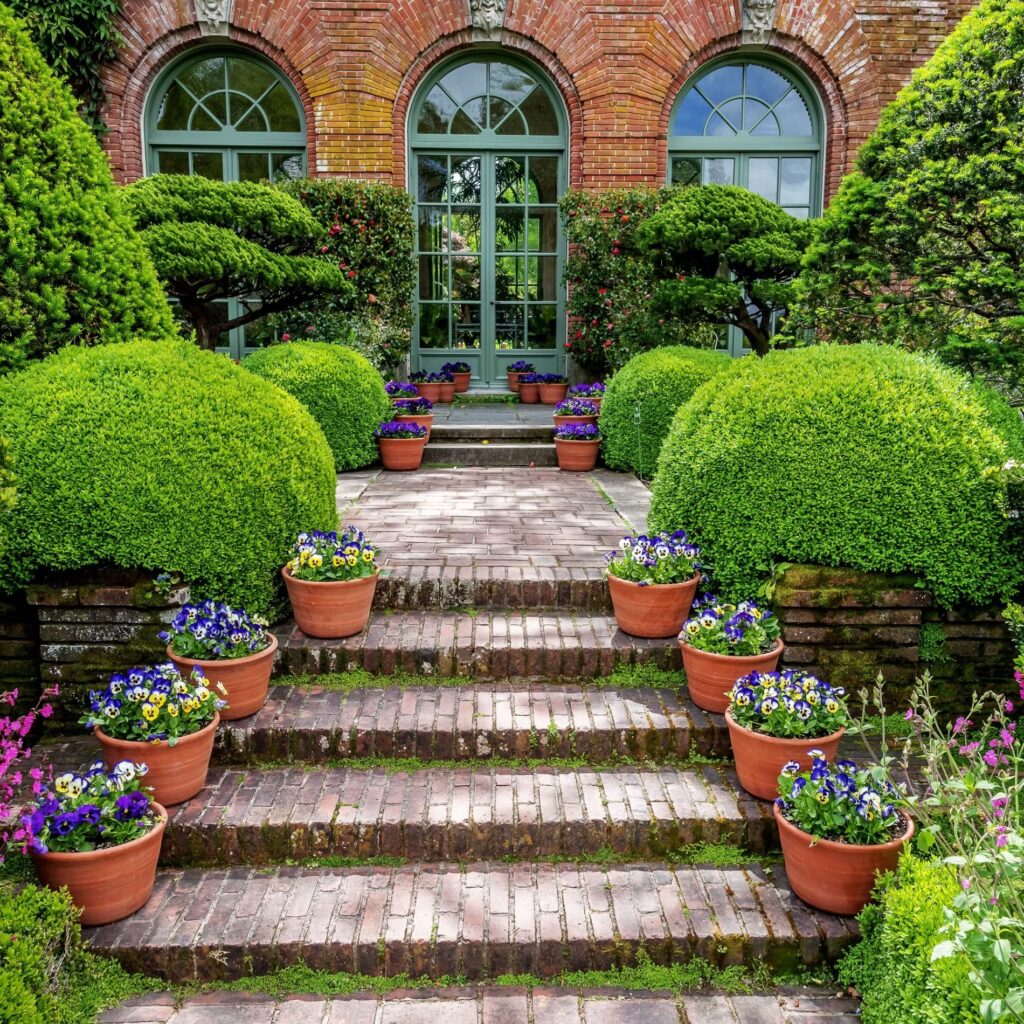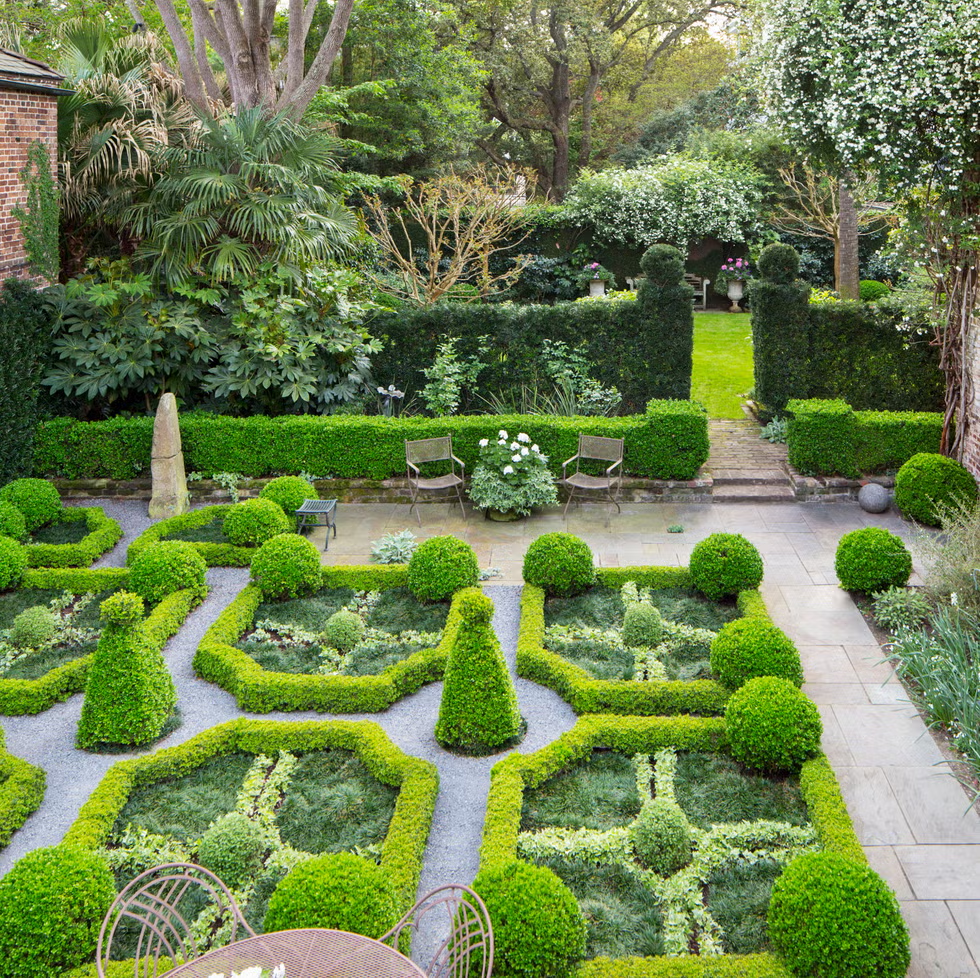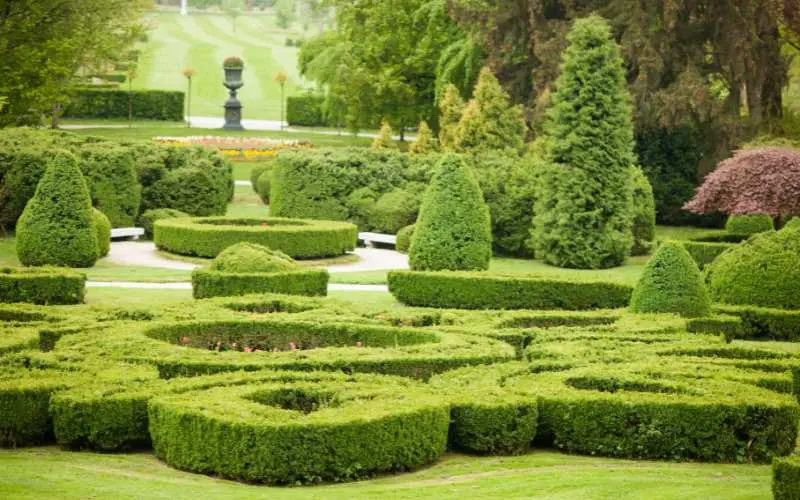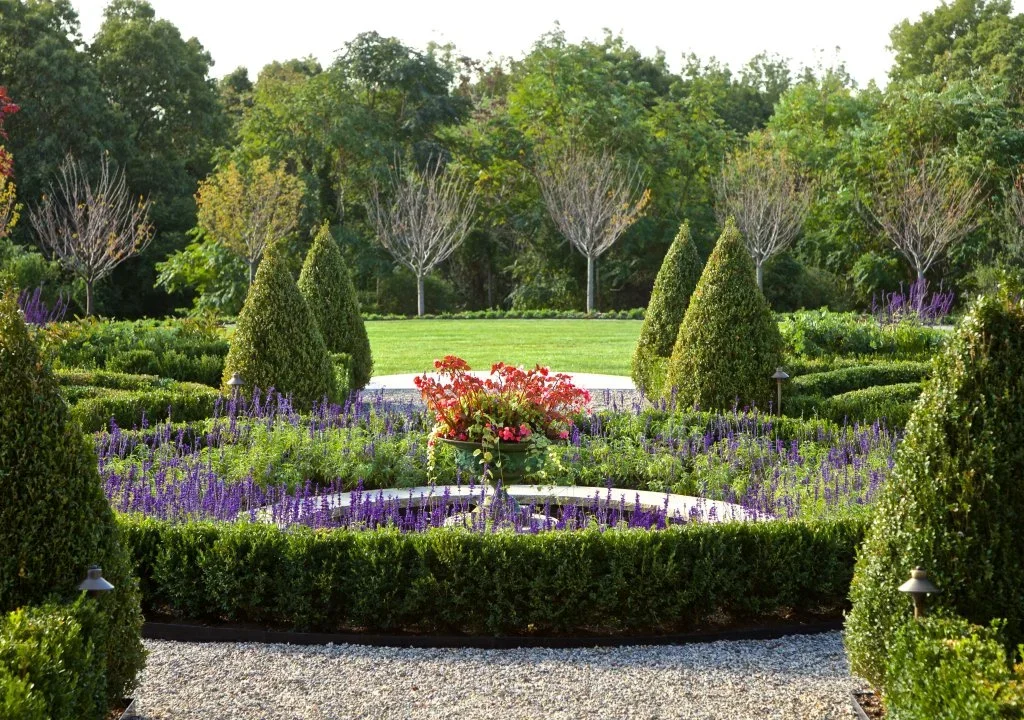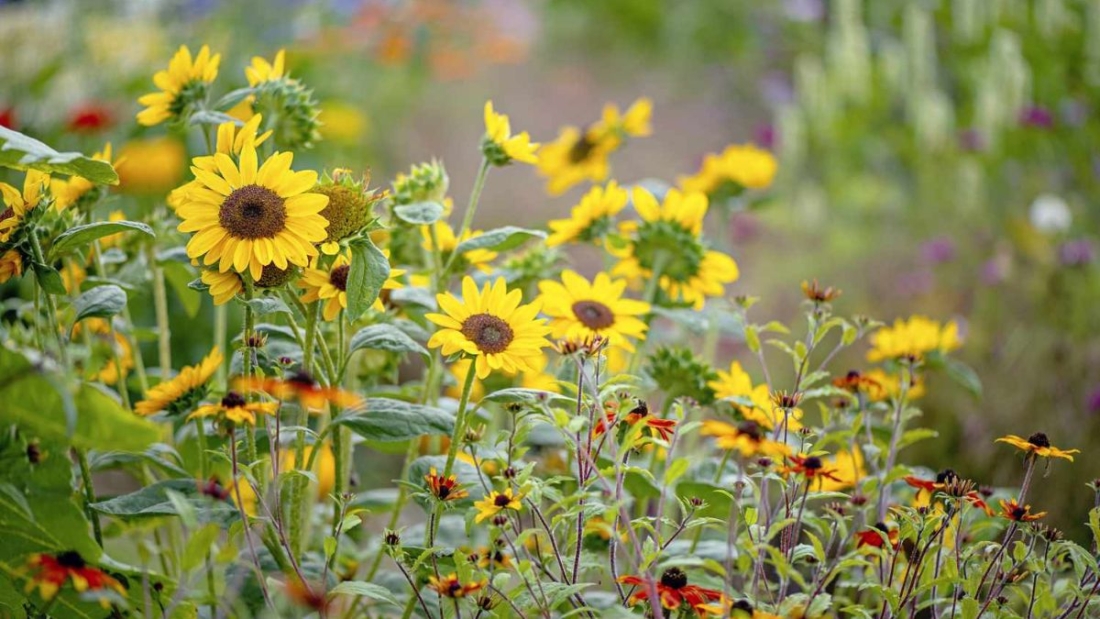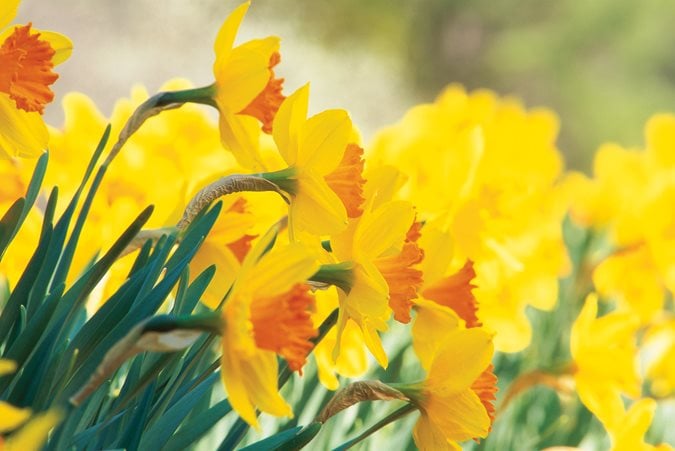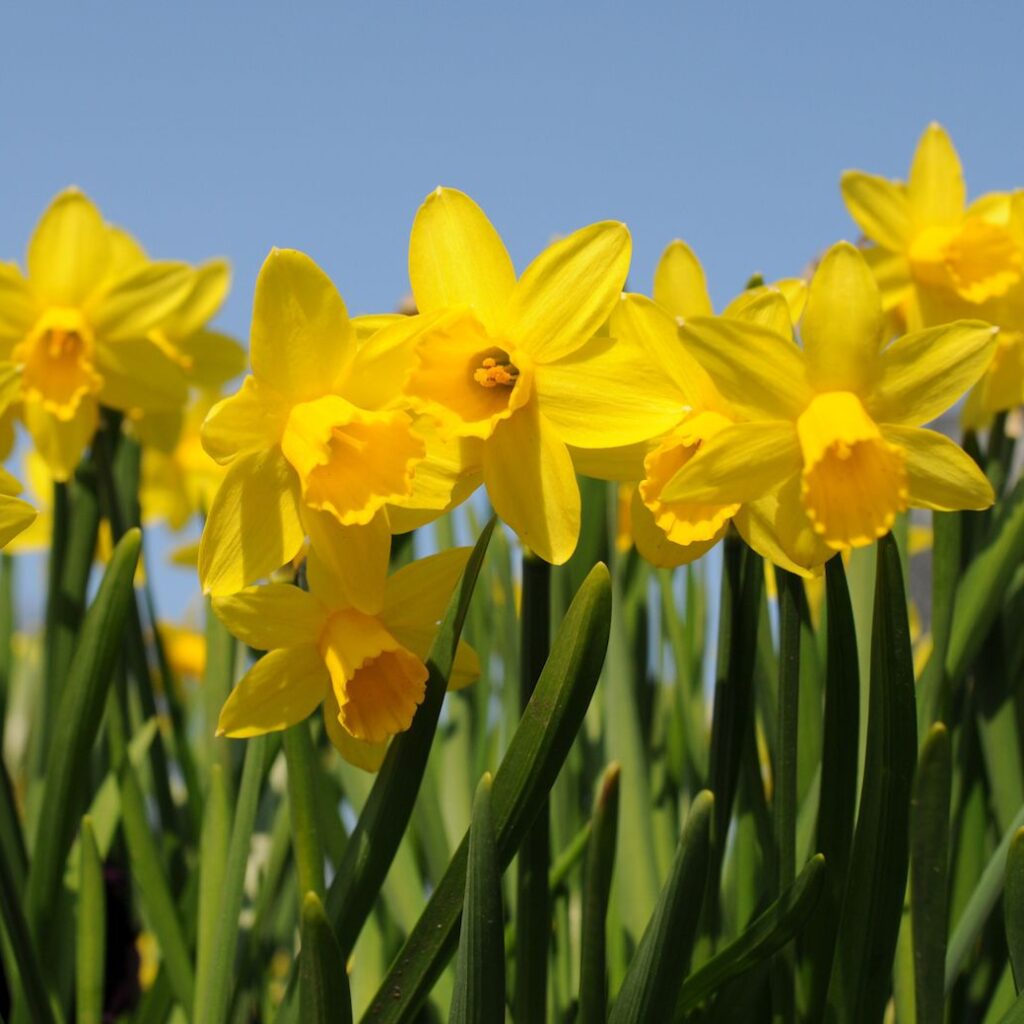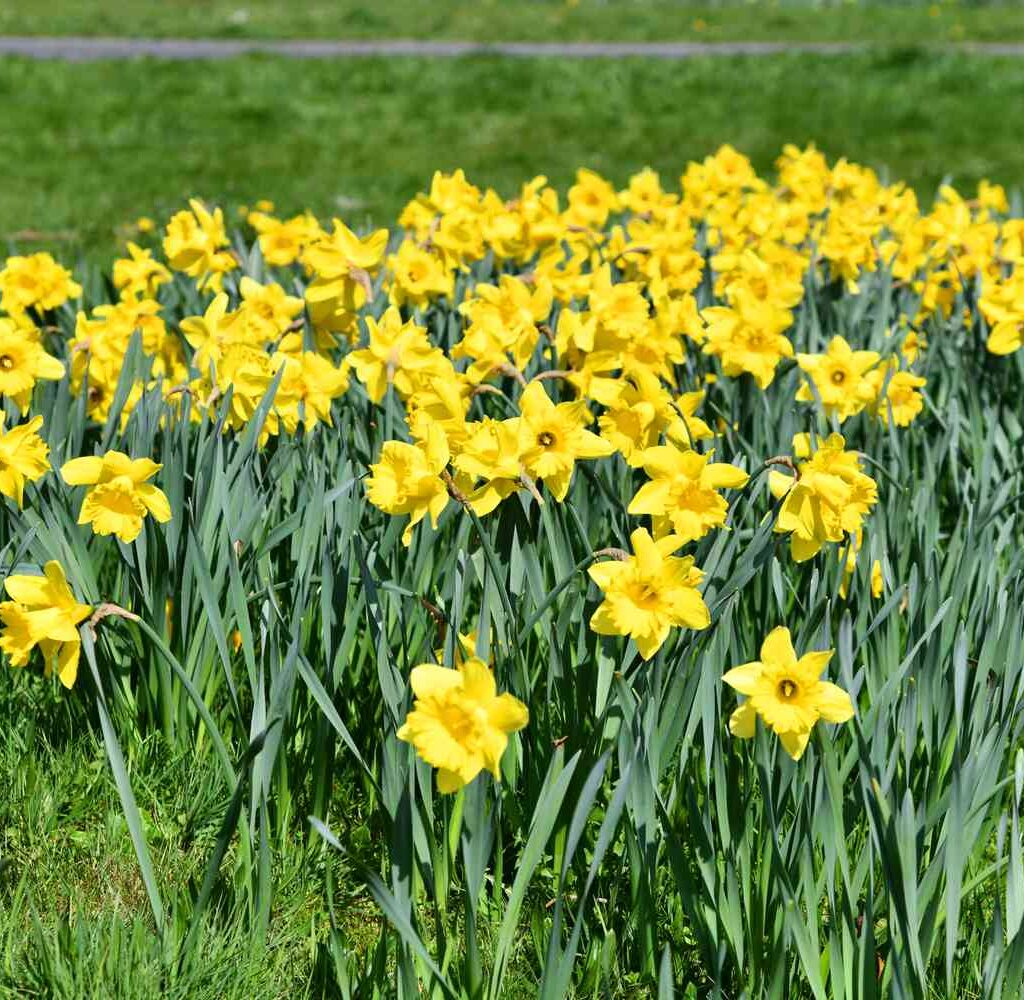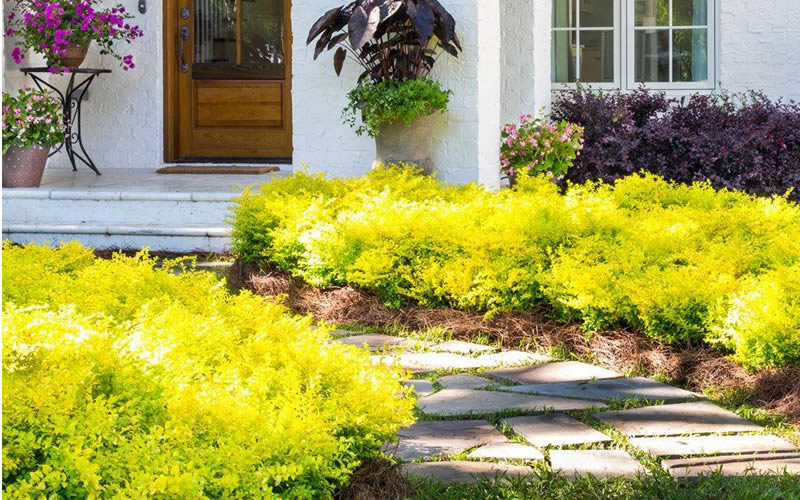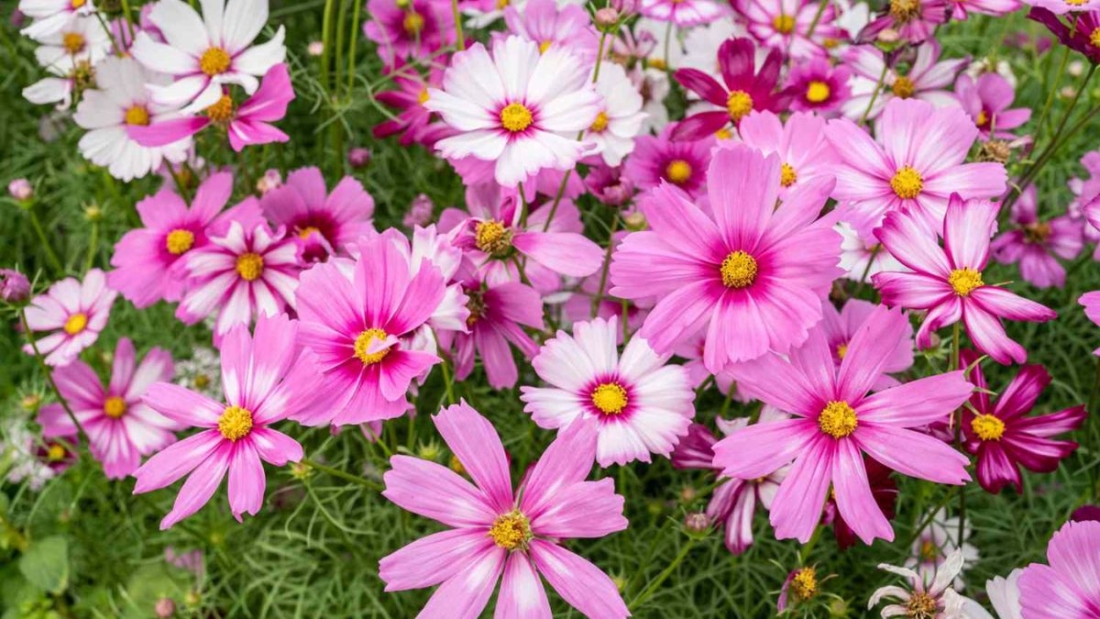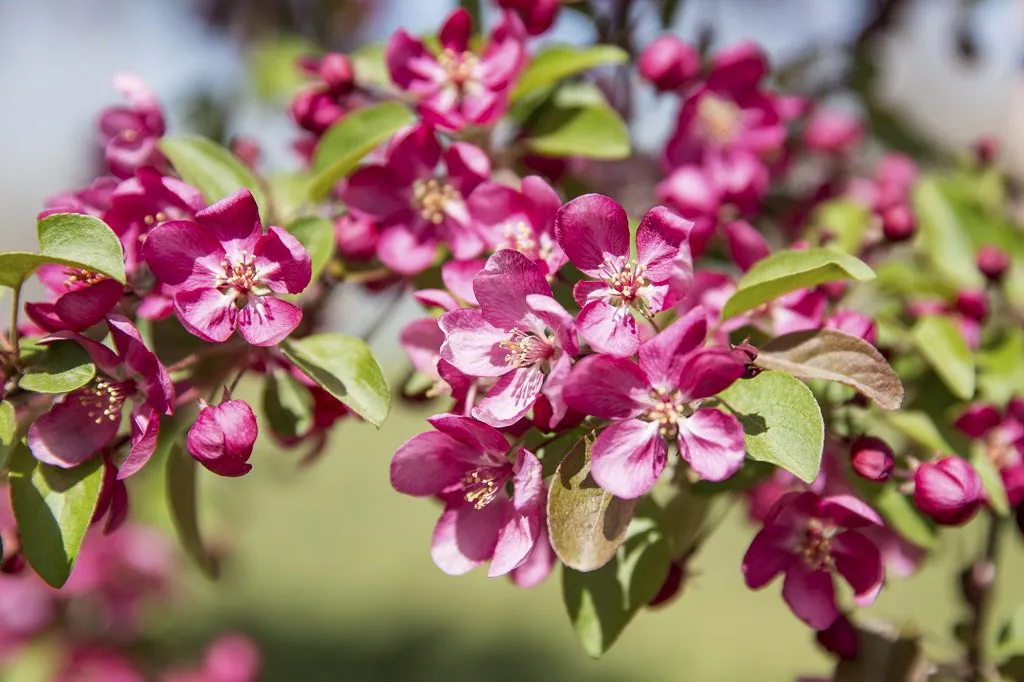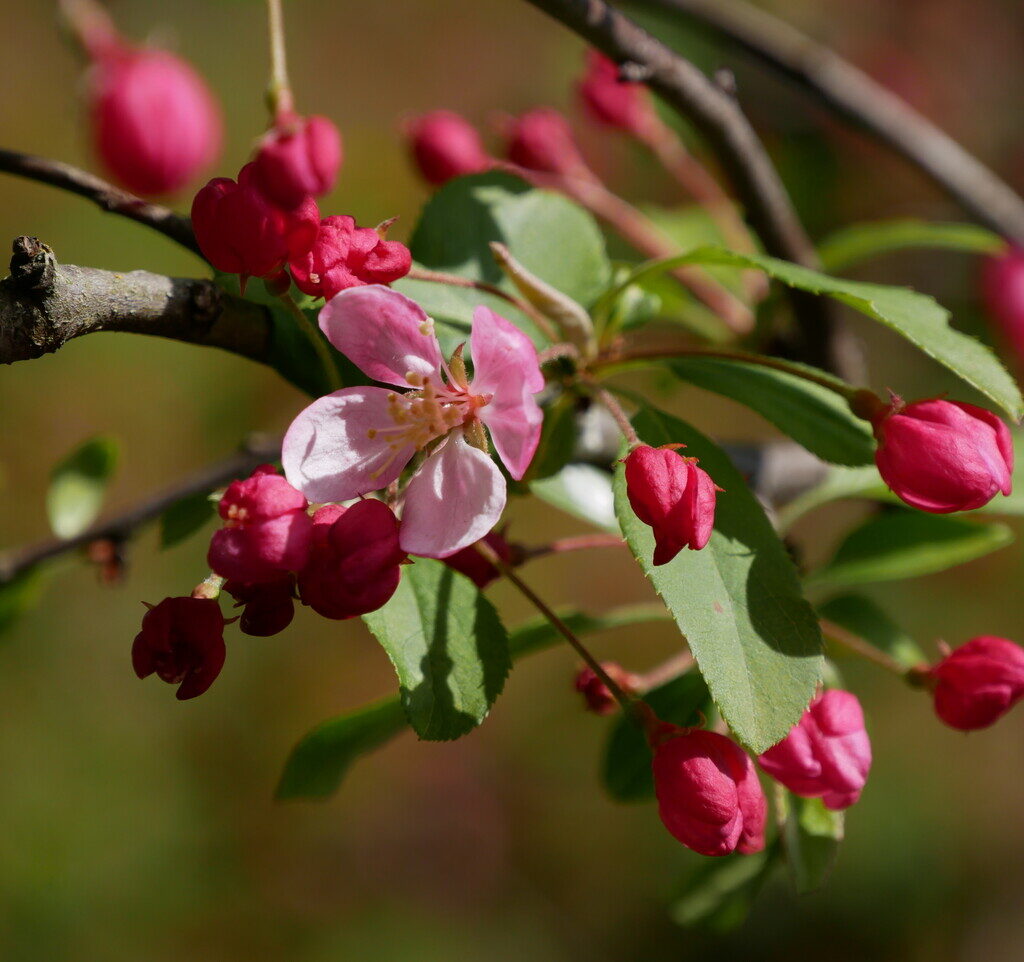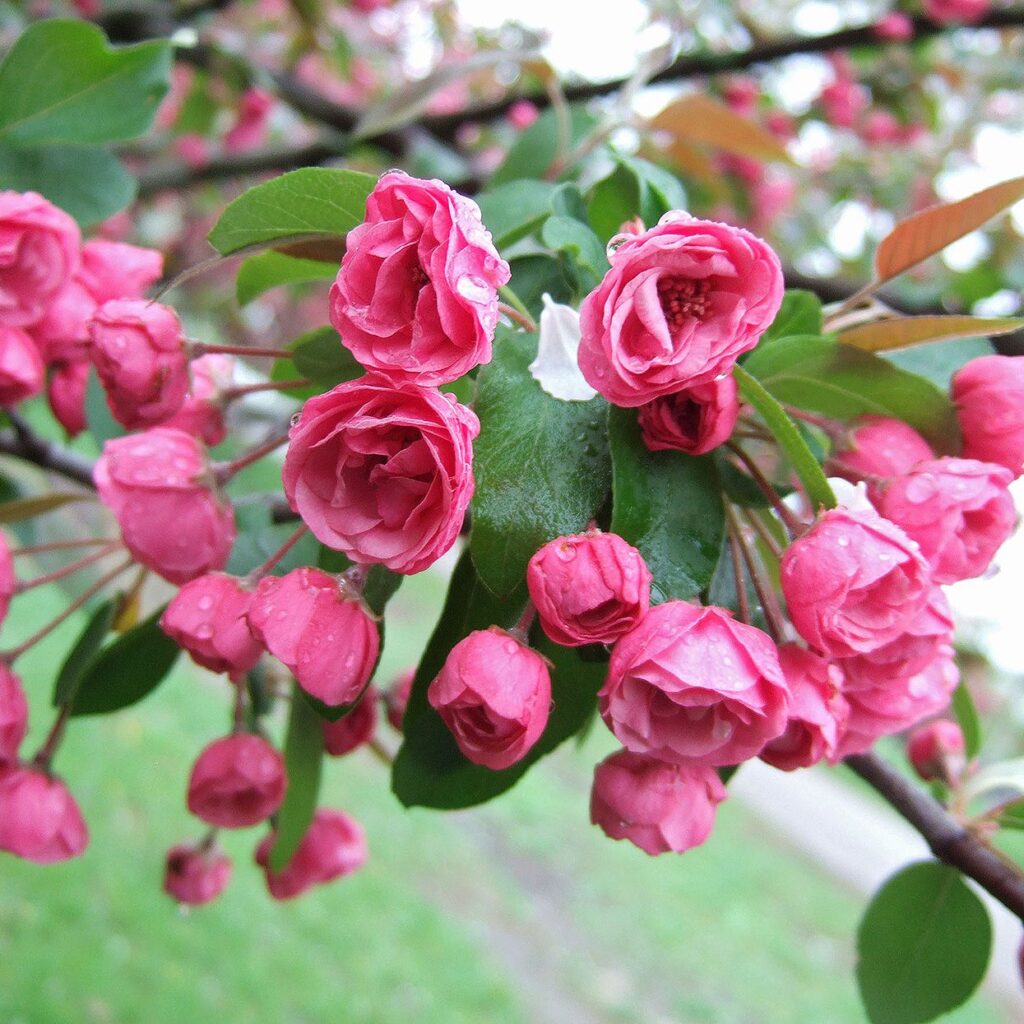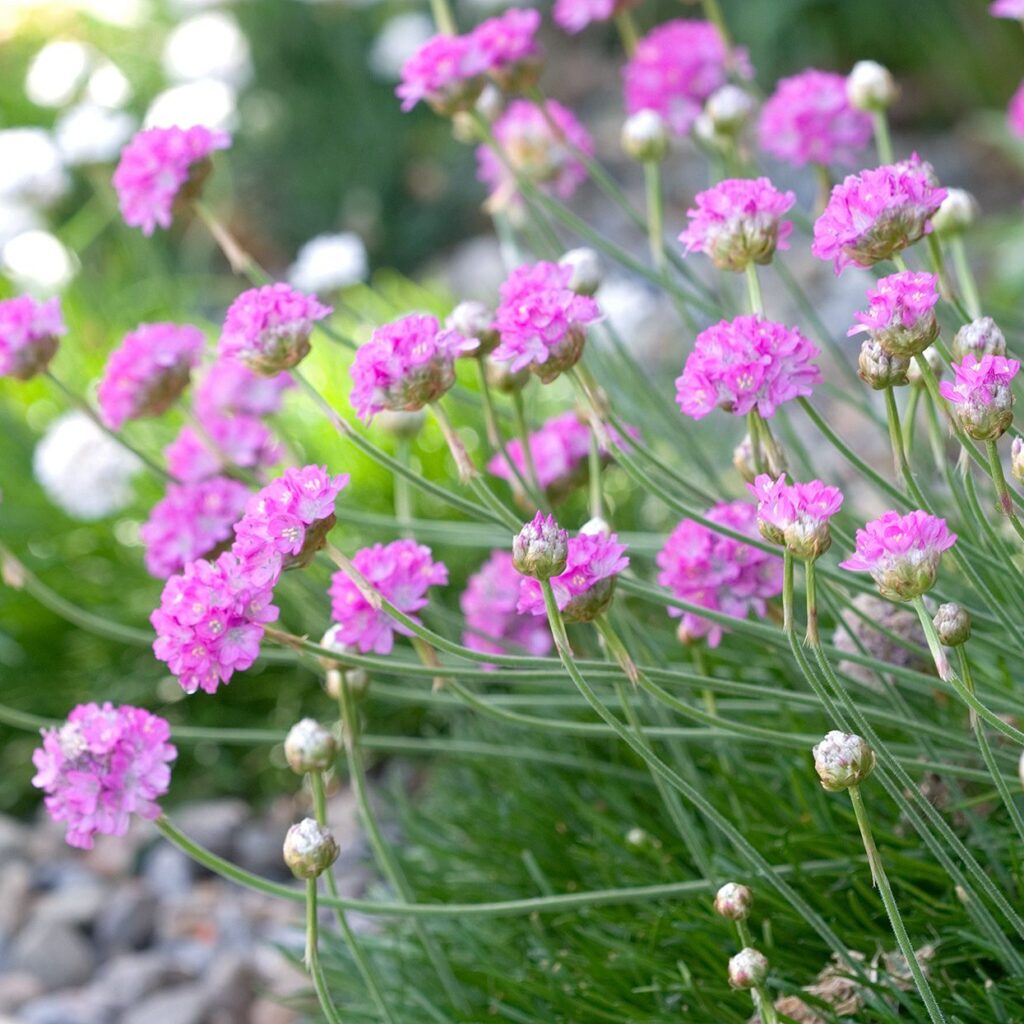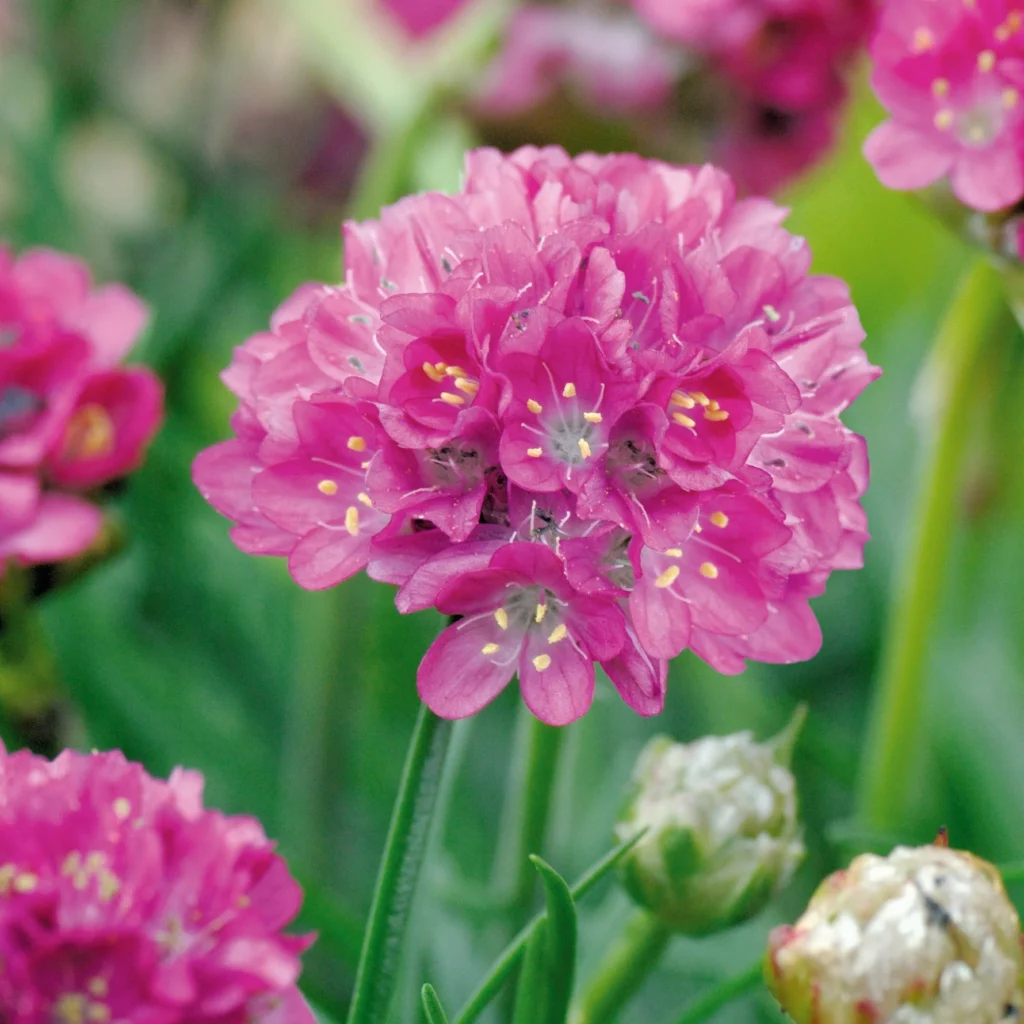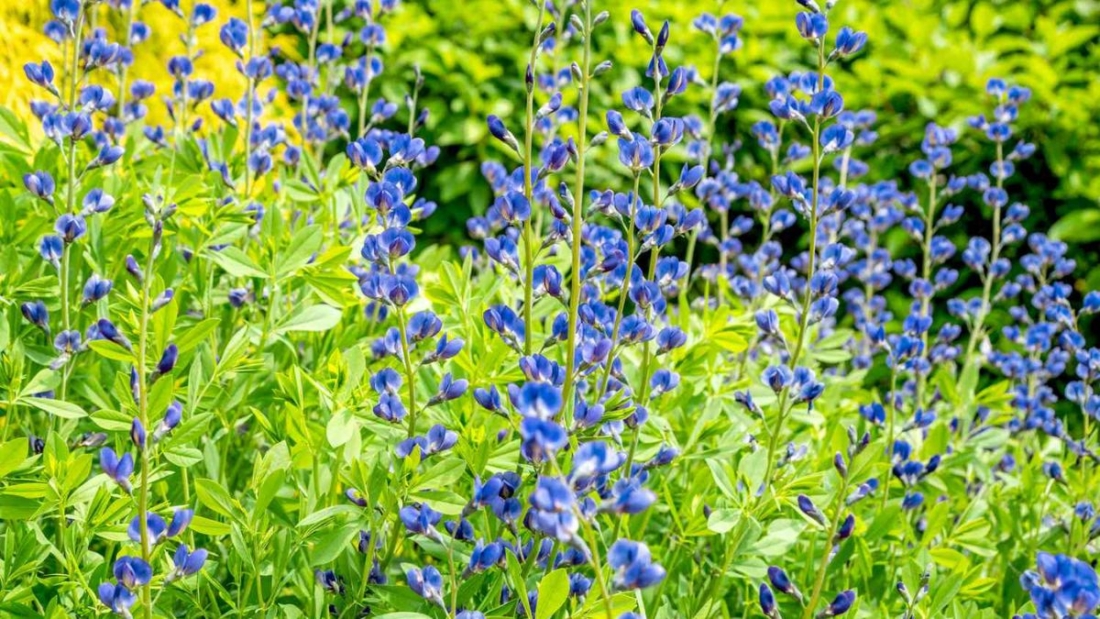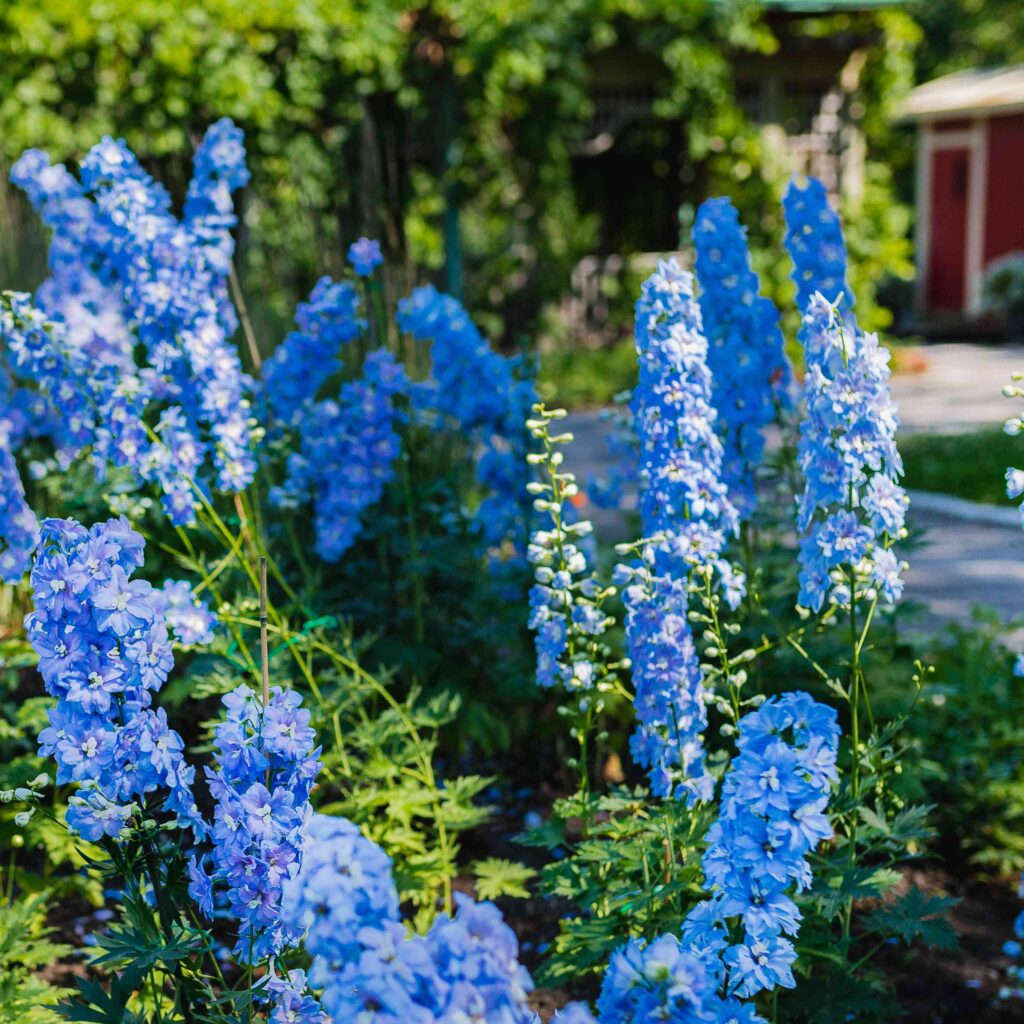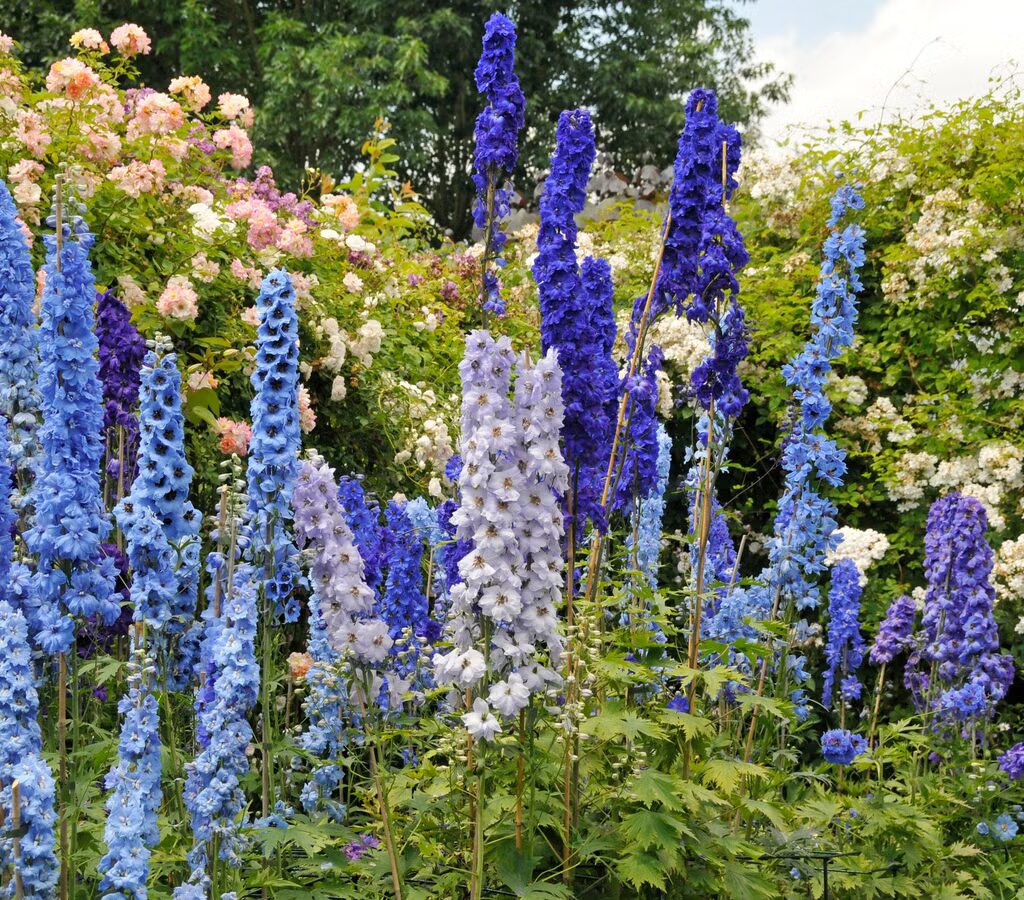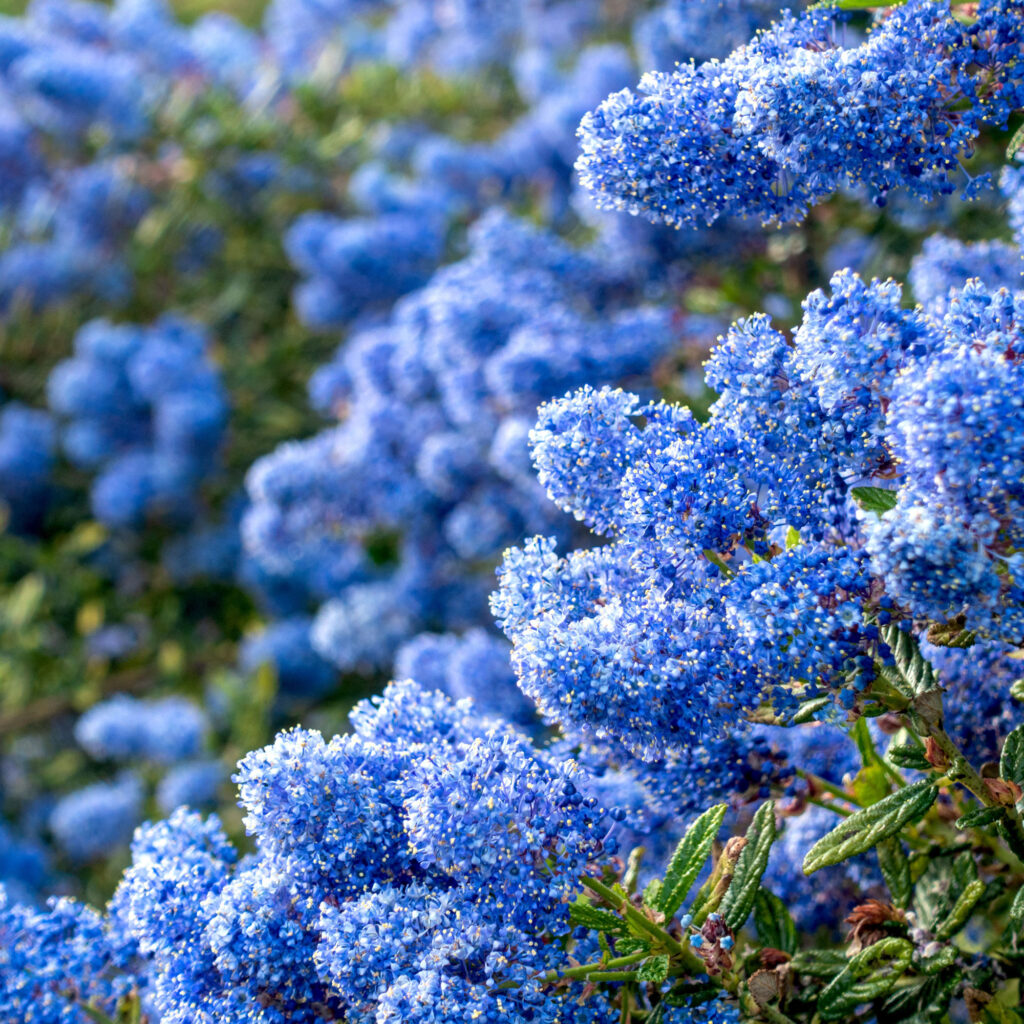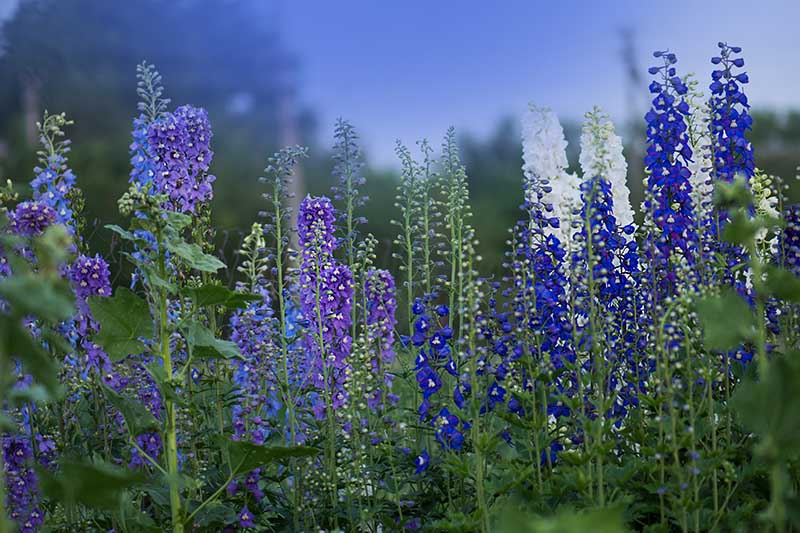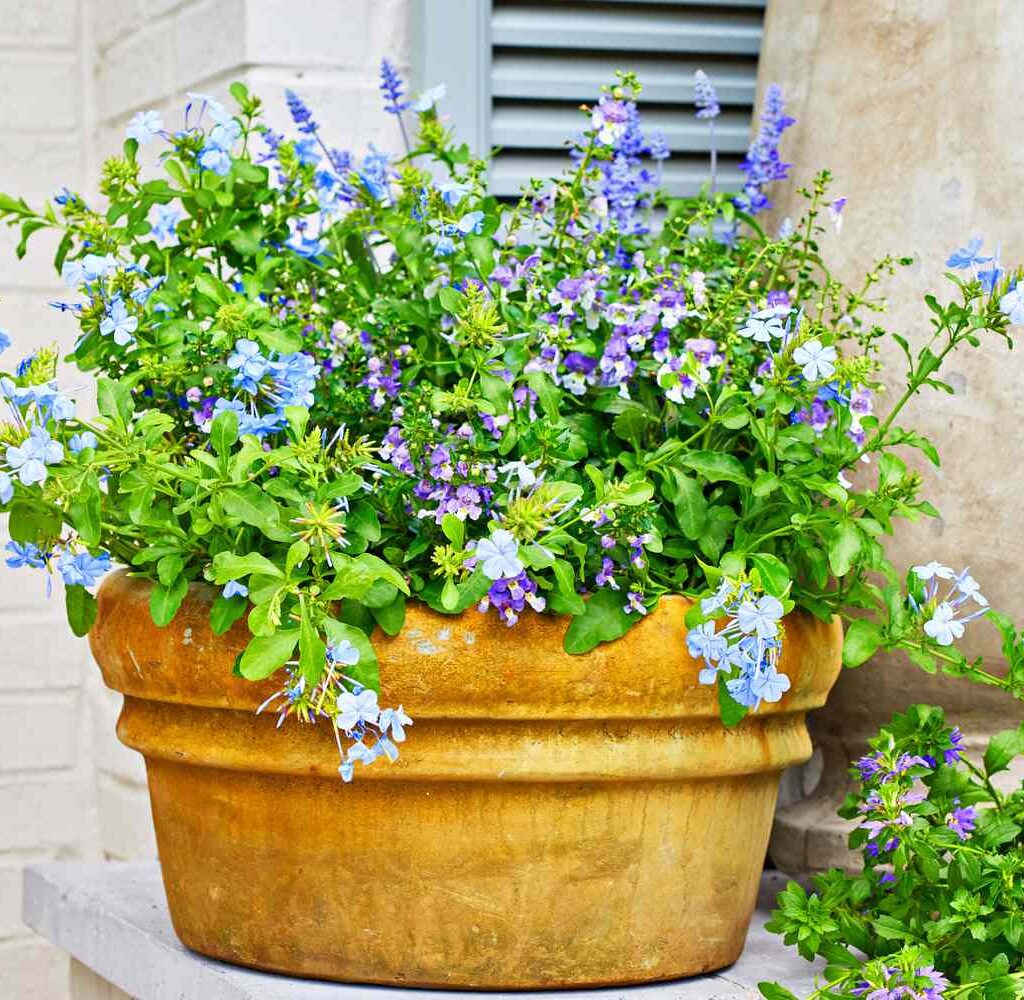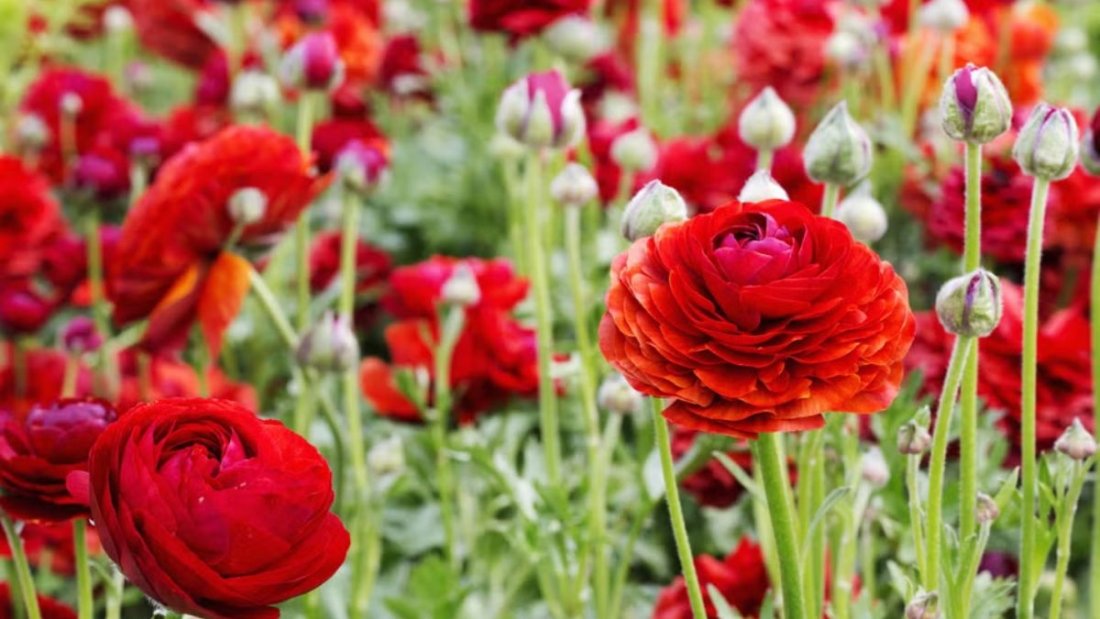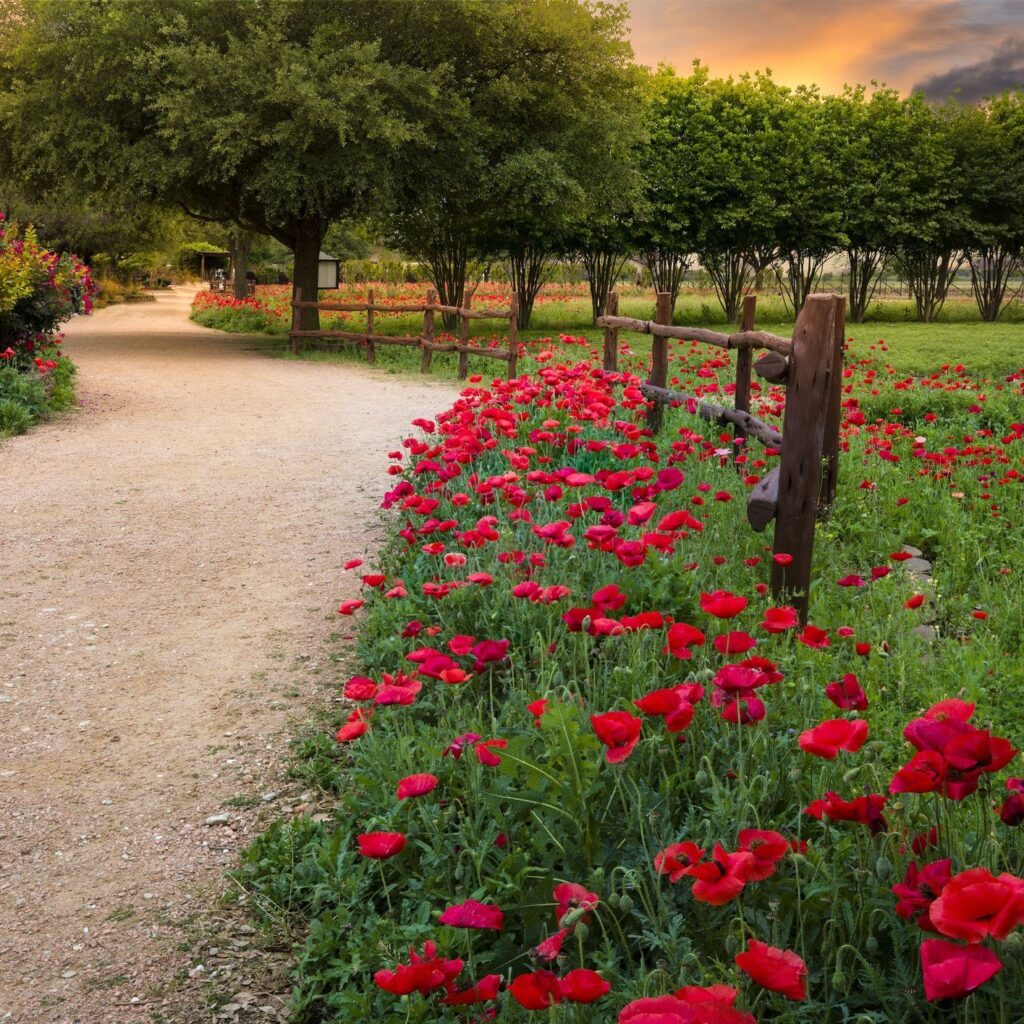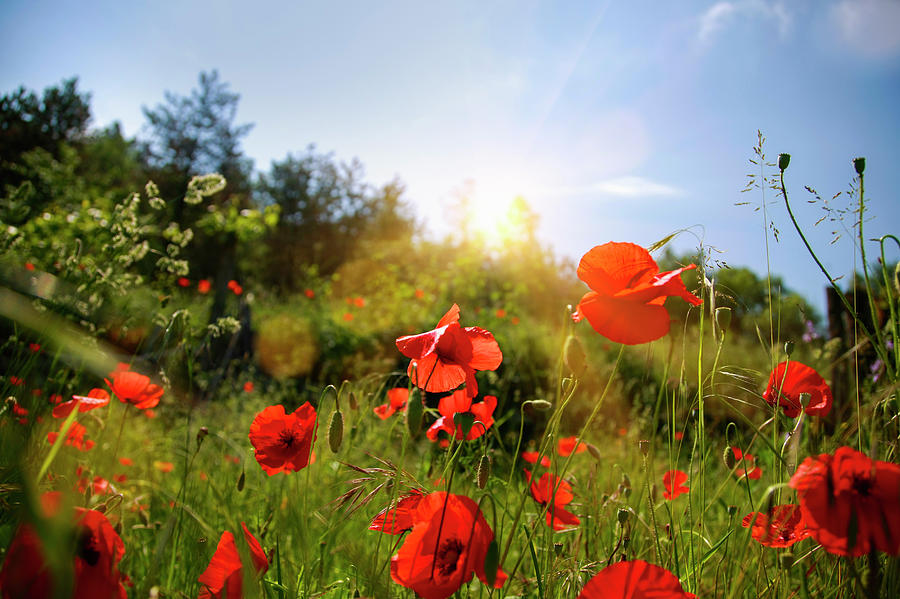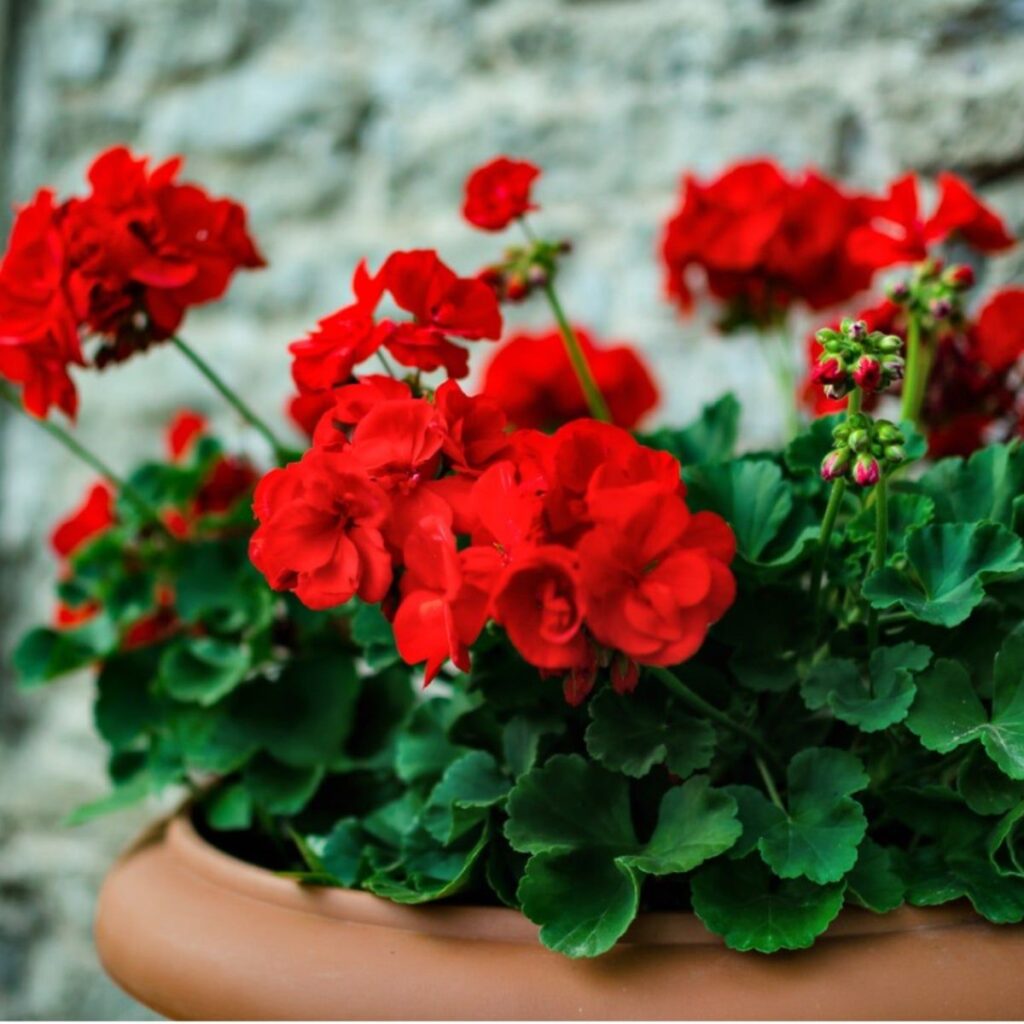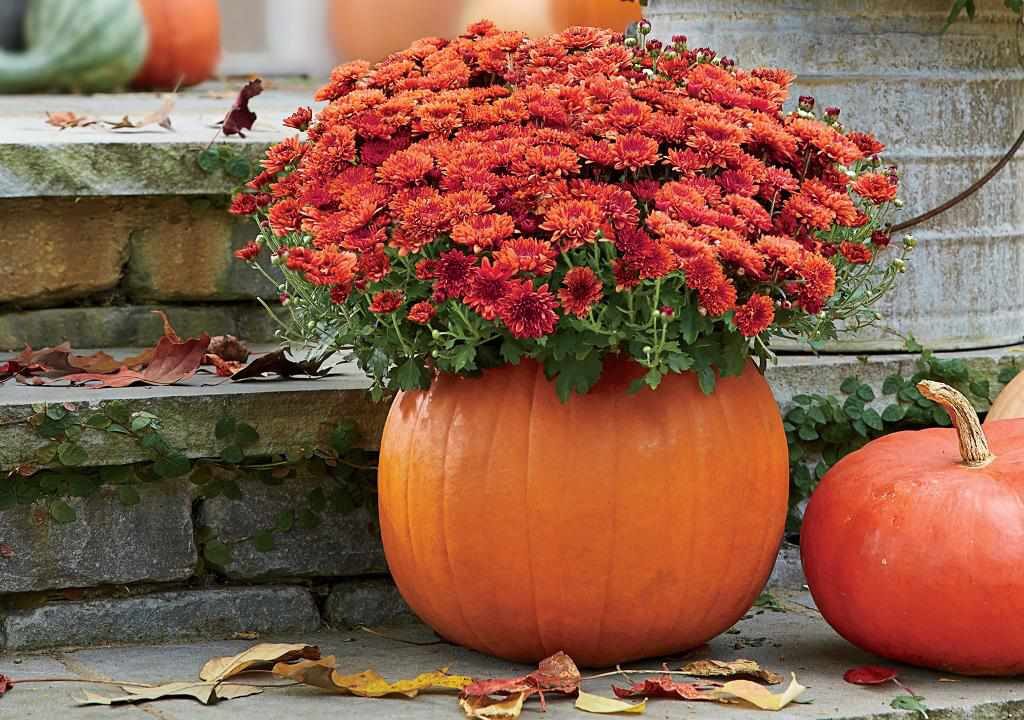The jade plant (Crassula ovata), also known as the “money plant” or “lucky plant,” is one of the most beloved succulents worldwide. Its glossy, oval-shaped leaves, thick stems, and reputation as a symbol of prosperity make it a favorite for both beginners and seasoned plant lovers. Native to South Africa and Mozambique, the jade plant has adapted to thrive in diverse environments, making it an excellent choice for growing indoors or outdoors.
But like all plants, jade plants have unique needs, and understanding how to care for them across different climates is key to keeping them healthy and long-living. In fact, with proper care, jade plants can live for decades and even grow into small tree-like forms. This guide will walk you through everything you need to know about planting, caring for, and maintaining jade plants so they thrive in any climate.
1. Understanding the Jade Plant
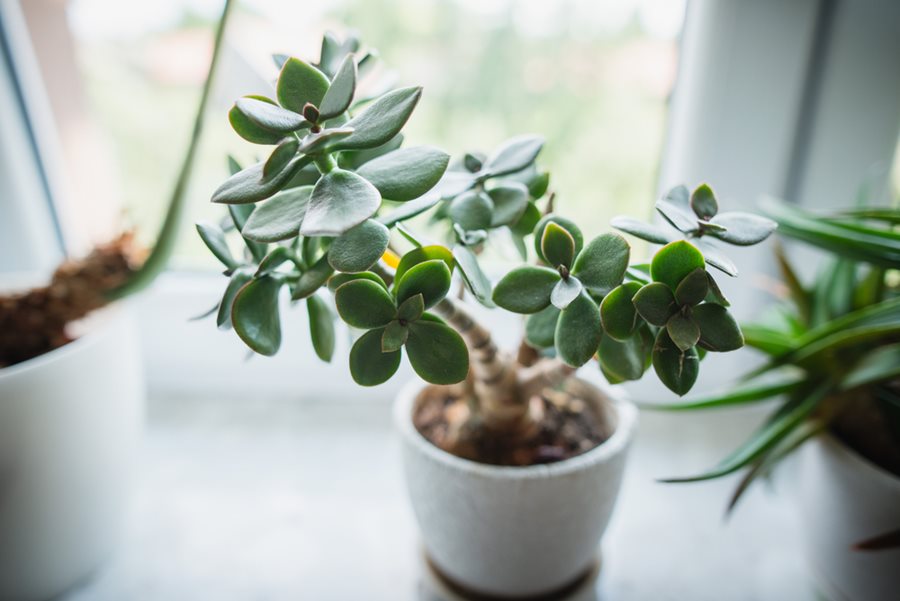
Jade plants are succulents, meaning they store water in their leaves and stems. This adaptation helps them survive in dry, arid regions with little rainfall. They are relatively low-maintenance, but they require specific conditions to grow well, especially when climates vary.
Key Characteristics of Jade Plants:
- Thick, fleshy green leaves, sometimes with red edges when exposed to sunlight.
- Woody stems that can make the plant resemble a miniature tree.
- Slow-growing but long-living (many can survive 50–70 years with care).
- Flowers in clusters of star-shaped, white or pink blooms, usually in winter under the right conditions.
2. Planting Your Jade Plant
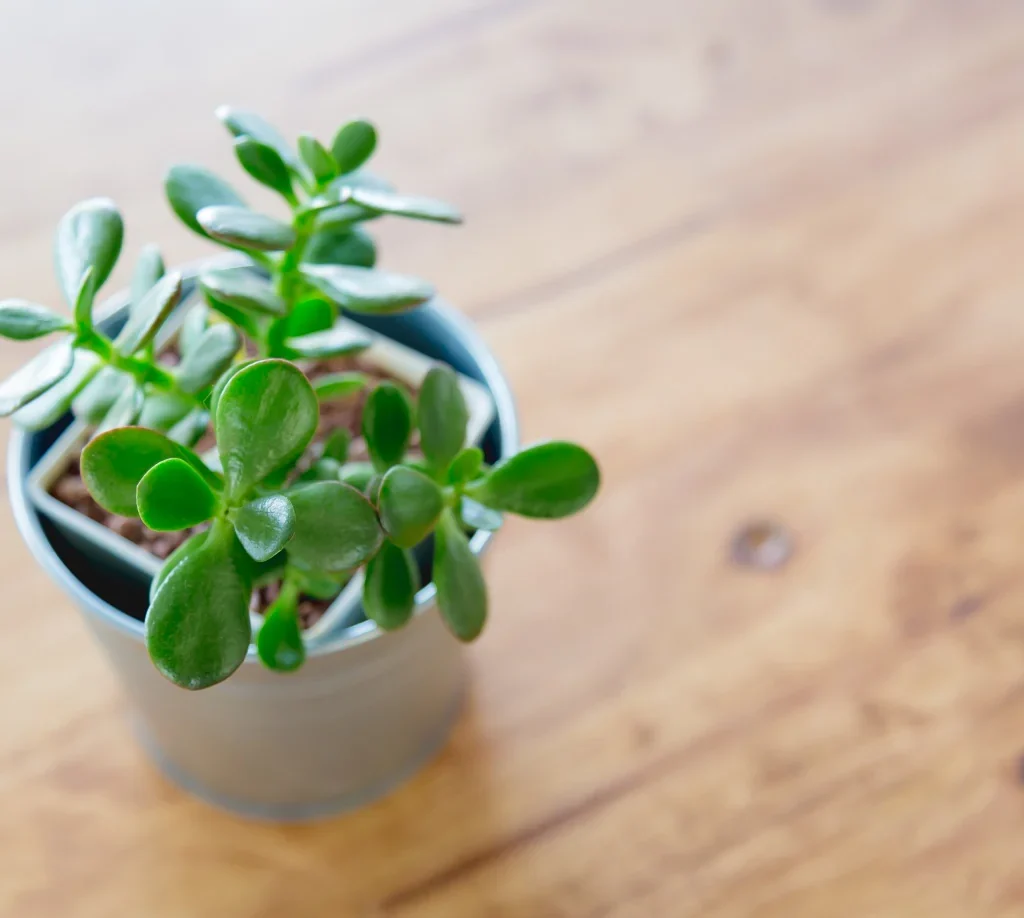
Choosing the Right Pot
Jade plants prefer containers with excellent drainage. A clay or terracotta pot is ideal because it allows excess moisture to evaporate, reducing the risk of root rot. Make sure your pot has drainage holes.
Soil Requirements
Jade plants thrive in succulent or cactus soil mix. If you’re making your own mix, combine:
- 2 parts potting soil
- 1 part perlite or pumice
- 1 part coarse sand
This ensures proper drainage while providing enough nutrients for growth.
Planting Steps
- Fill the pot with your prepared soil mix.
- Place the jade plant in the center and spread its roots evenly.
- Add soil around the base, gently pressing to secure the plant.
- Water lightly after planting, then allow the soil to dry before the next watering.
3. Watering Jade Plants
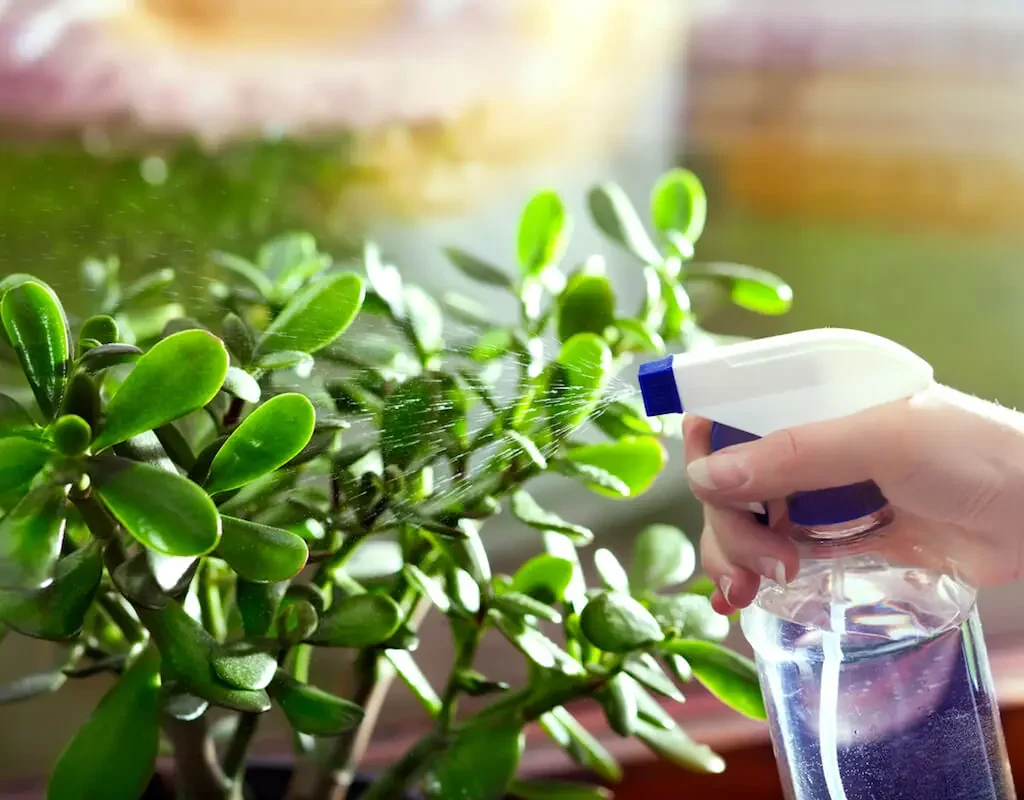
Overwatering is the most common cause of jade plant problems. Since they are succulents, they need much less water than most houseplants.
Watering Guidelines by Climate:
- Hot, Dry Climates: Water once every 1–2 weeks during the growing season (spring and summer). In extreme heat, monitor the soil and water when dry.
- Cool or Humid Climates: Water less frequently, perhaps every 2–3 weeks, to avoid waterlogging.
- Winter Dormancy: Jade plants grow slowly in winter and need minimal water—once every 3–4 weeks is usually enough.
Tip: Always check the soil. If the top 2 inches are dry, it’s time to water.
4. Light Requirements
Jade plants love sunlight, but the amount they need depends on the climate.
- Warm Climates: Place them in a location with partial sun to avoid sunburn. Morning sun and afternoon shade work best.
- Cooler Climates: They can handle full sun and may even develop red-tinted leaf edges from exposure.
- Indoors: Place them near a bright, south-facing window for 4–6 hours of direct sunlight daily. If natural light is limited, consider using a grow light.
5. Fertilizing Jade Plants
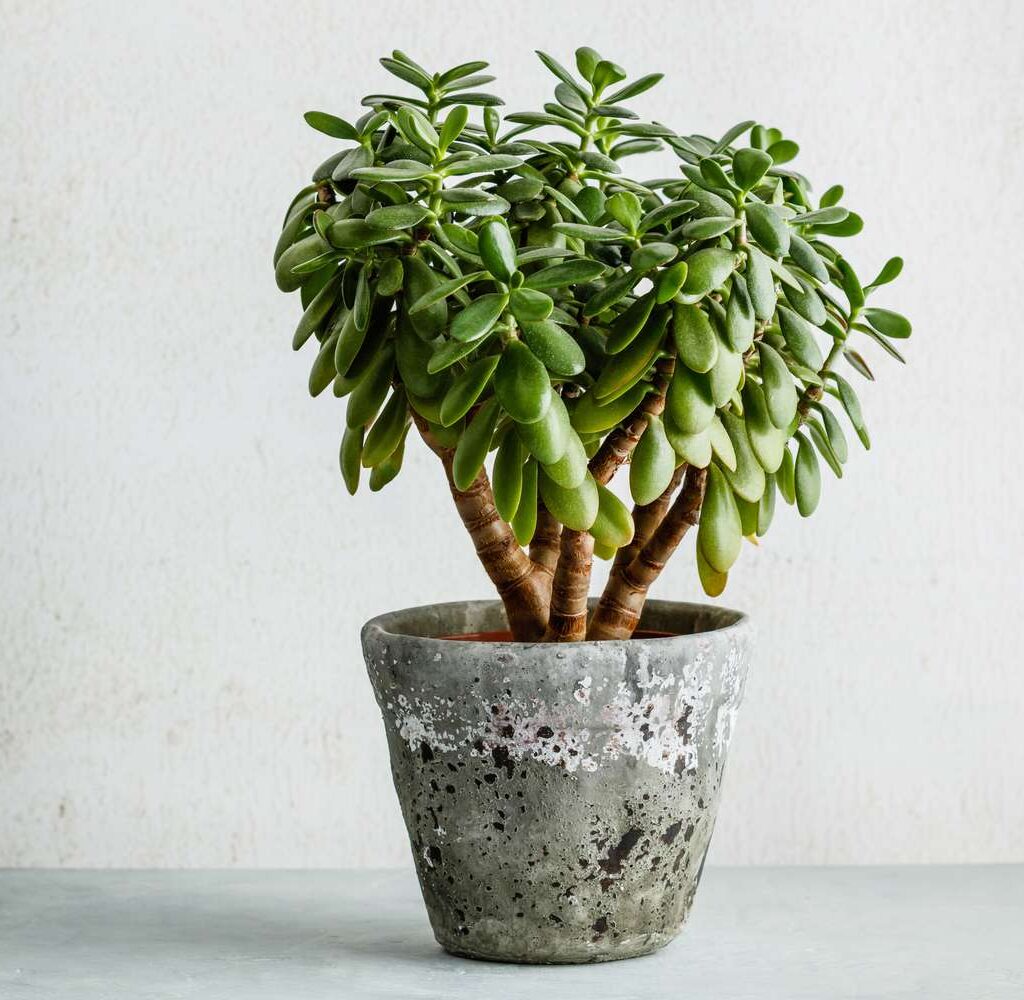
Jade plants are not heavy feeders, but they benefit from occasional fertilization.
- Use a balanced, water-soluble fertilizer (10-10-10) diluted to half-strength.
- Fertilize once every 4–6 weeks during the growing season (spring and summer).
- Avoid fertilizing in winter when the plant is dormant.
6. Pruning and Shaping
Pruning helps jade plants grow into attractive shapes and prevents them from becoming too leggy.
- Use clean, sharp scissors or pruning shears.
- Cut above a leaf node to encourage branching.
- Remove dead or shriveled leaves regularly.
- For a bonsai-like look, selectively prune to create a tree form.
Pruning also helps increase airflow around the plant, reducing the risk of pests and fungal issues.
7. Repotting Jade Plants
Jade plants don’t need frequent repotting because they grow slowly. Every 2–3 years, repot into fresh soil to replenish nutrients and check for root health.
Steps to Repot:
- Gently remove the plant from its old pot.
- Trim away any rotting or dead roots.
- Place it in a slightly larger pot with fresh soil mix.
- Allow the plant to adjust before watering again.
8. Pest and Disease Management
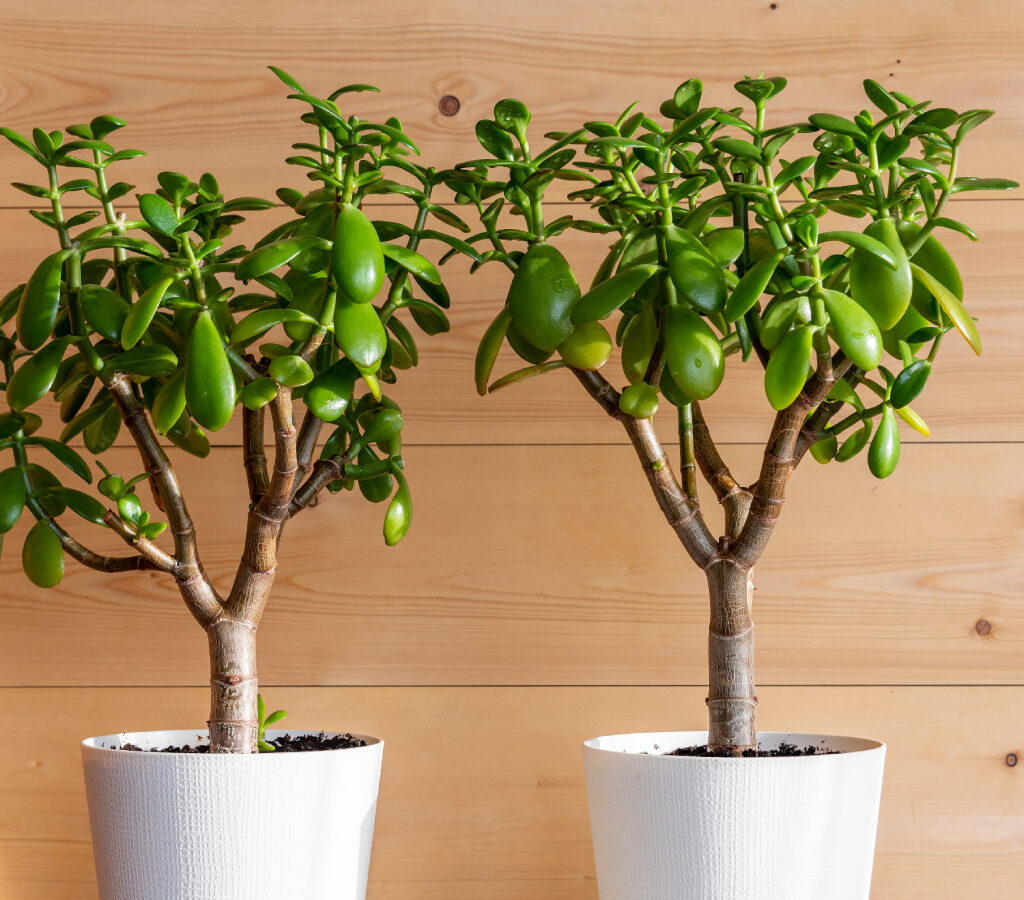
While jade plants are hardy, they can still be affected by pests and diseases.
Common Issues:
- Mealybugs: Appear as white, cottony patches. Remove with a cotton swab dipped in rubbing alcohol.
- Spider Mites: Look for webbing and yellow spots on leaves. Use neem oil spray for treatment.
- Root Rot: Caused by overwatering. Remove affected roots and replant in fresh soil.
- Leaf Drop: Usually due to underwatering, sudden temperature changes, or poor lighting.
9. Caring for Jade Plants in Different Climates
Tropical and Warm Climates
- Provide partial shade to prevent leaf burn.
- Increase watering frequency during hot months.
- Watch for fungal issues due to humidity.
Cool and Temperate Climates
- Keep the plant in bright, direct sunlight.
- Protect from frost by bringing it indoors in winter.
- Reduce watering drastically during dormancy.
Dry, Desert-Like Climates
- Jade plants thrive naturally in such regions.
- Ensure occasional deep watering to replenish stored moisture.
- Mulching around the base (if planted outdoors) helps retain soil moisture.
Cold Climates
- Jade plants cannot tolerate freezing temperatures. If you live in such regions, keep them indoors during winter.
- Place them near sunny windows or use artificial grow lights.
- Maintain indoor humidity at moderate levels.
10. Propagating Jade Plants
One of the best things about jade plants is how easy they are to propagate.
Leaf Cuttings
- Remove a healthy leaf from the plant.
- Let it dry for a few days until the cut end forms a callus.
- Place it on top of moist succulent soil.
- Roots will start developing in 2–4 weeks.
Stem Cuttings
- Cut a 3–4 inch healthy stem.
- Let it dry for 3–5 days.
- Plant in well-draining soil.
- Water sparingly until roots are established.
This makes jade plants a wonderful gift plant, symbolizing luck and prosperity.
11. Seasonal Care
- Spring and Summer (Growing Season): Provide plenty of sunlight, regular watering, and monthly fertilization.
- Fall: Gradually reduce watering and prepare the plant for dormancy.
- Winter (Dormant Season): Keep indoors in colder climates, water sparingly, and avoid fertilizing.
12. Benefits of Having a Jade Plant
- Aesthetic Appeal: Adds greenery and elegance to homes and offices.
- Air Purification: Helps remove toxins and improves air quality.
- Symbolism: Associated with wealth, prosperity, and good fortune.
- Longevity: A jade plant can be passed down through generations.
Conclusion
Caring for a jade plant in any climate comes down to three essentials: proper watering, adequate sunlight, and well-draining soil. With these basics in place, jade plants can adapt to various environments and reward you with decades of beauty, charm, and even symbolic prosperity.
Whether you live in a dry desert, a humid tropical region, or a cold temperate zone, jade plants can thrive with the right adjustments in care. By following these guidelines, you’ll not only keep your jade plant healthy but also enjoy its timeless appeal for years to come.
